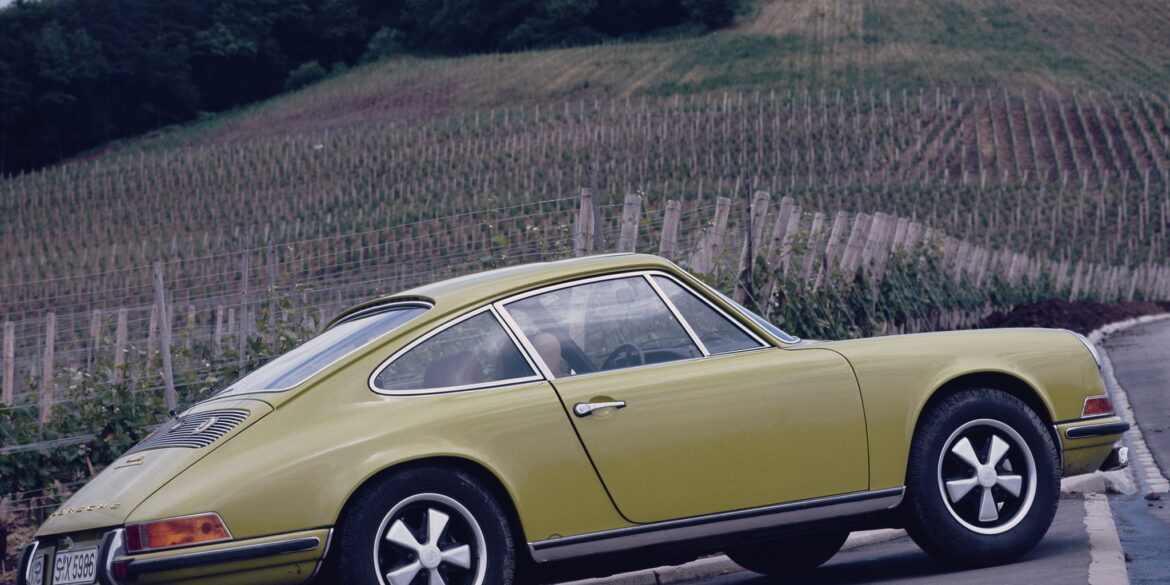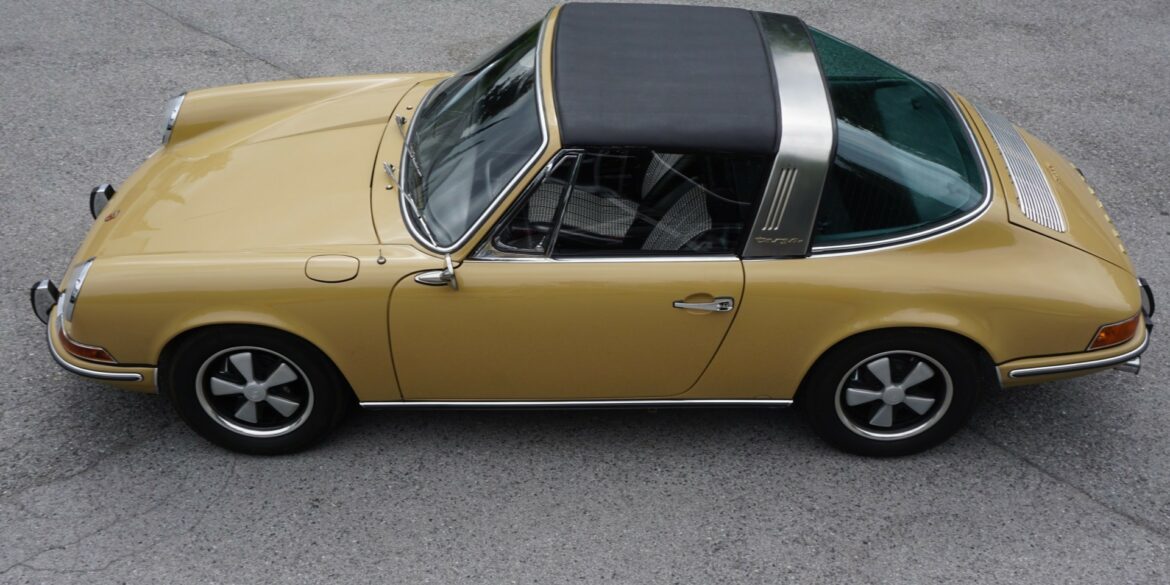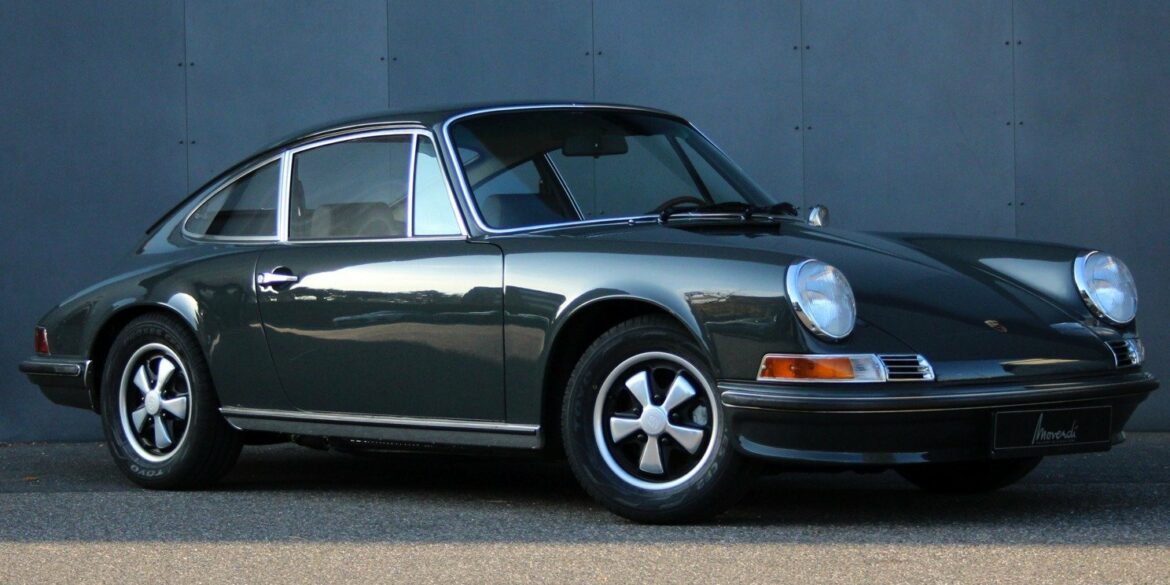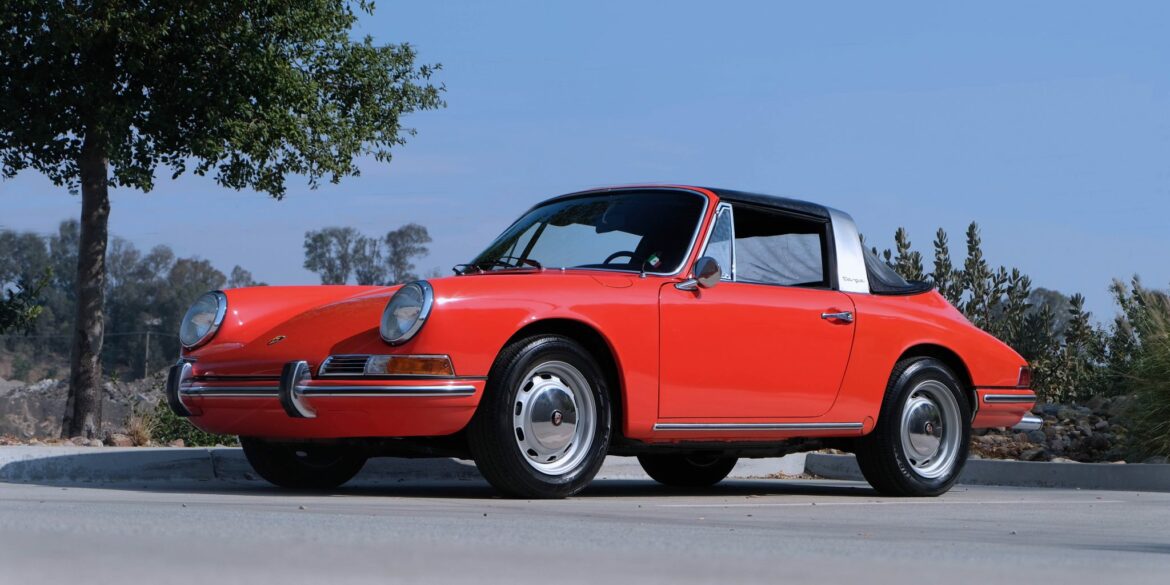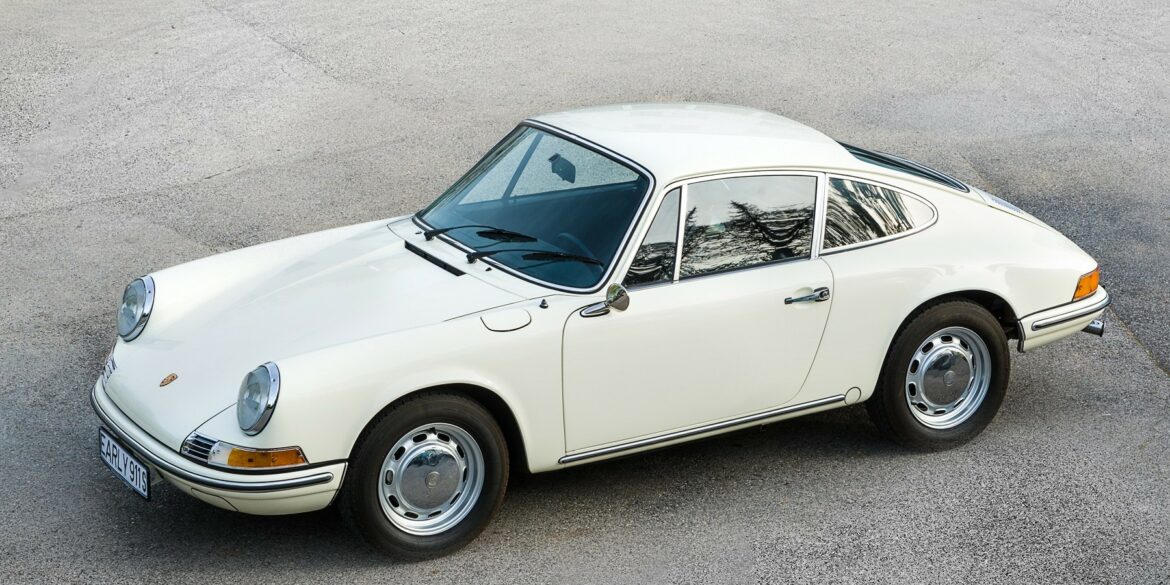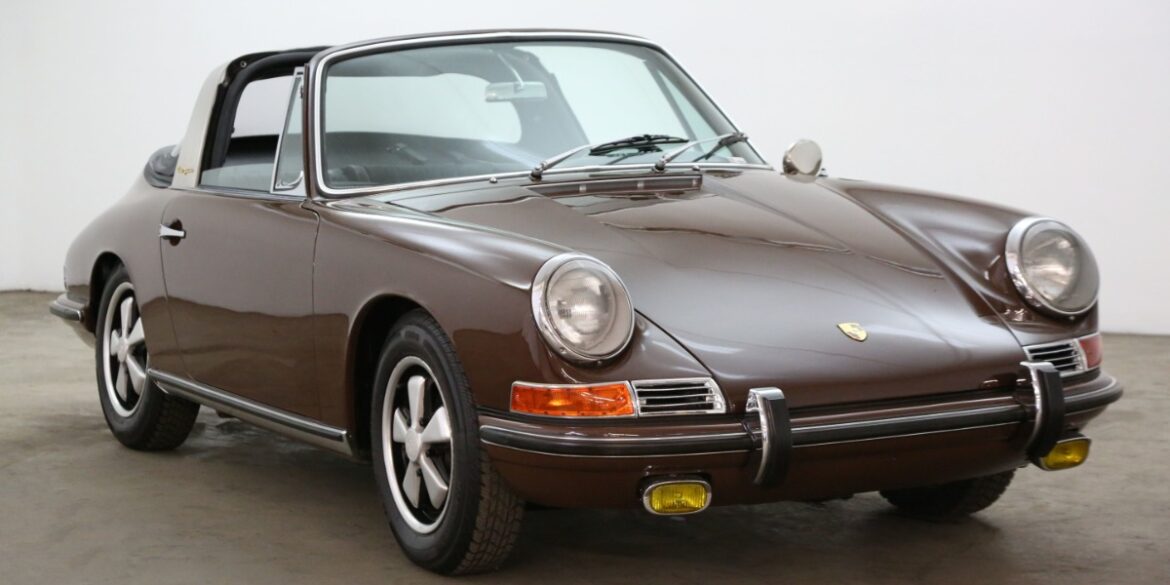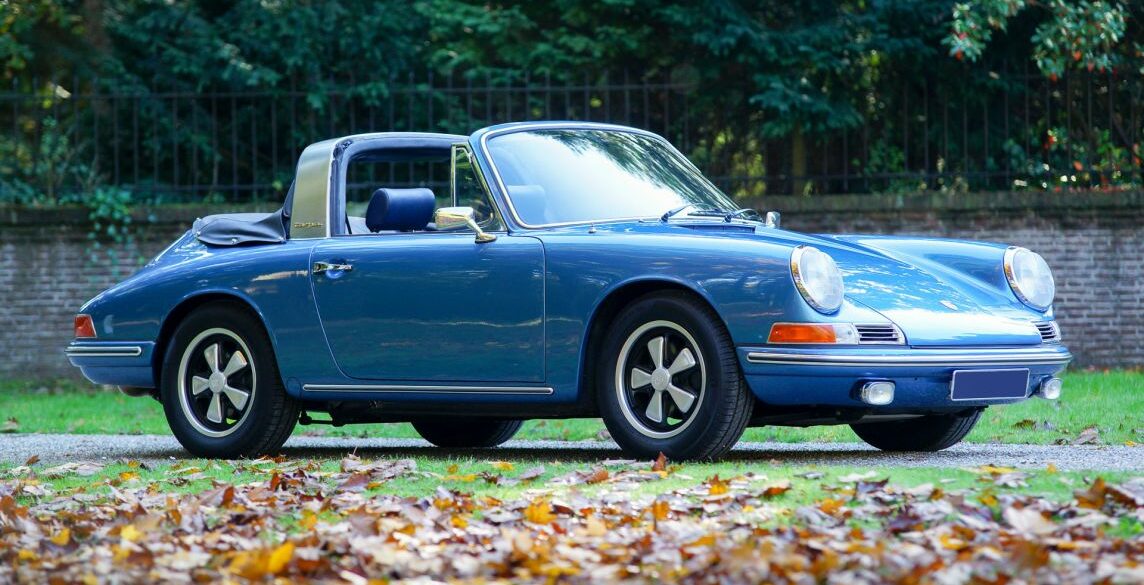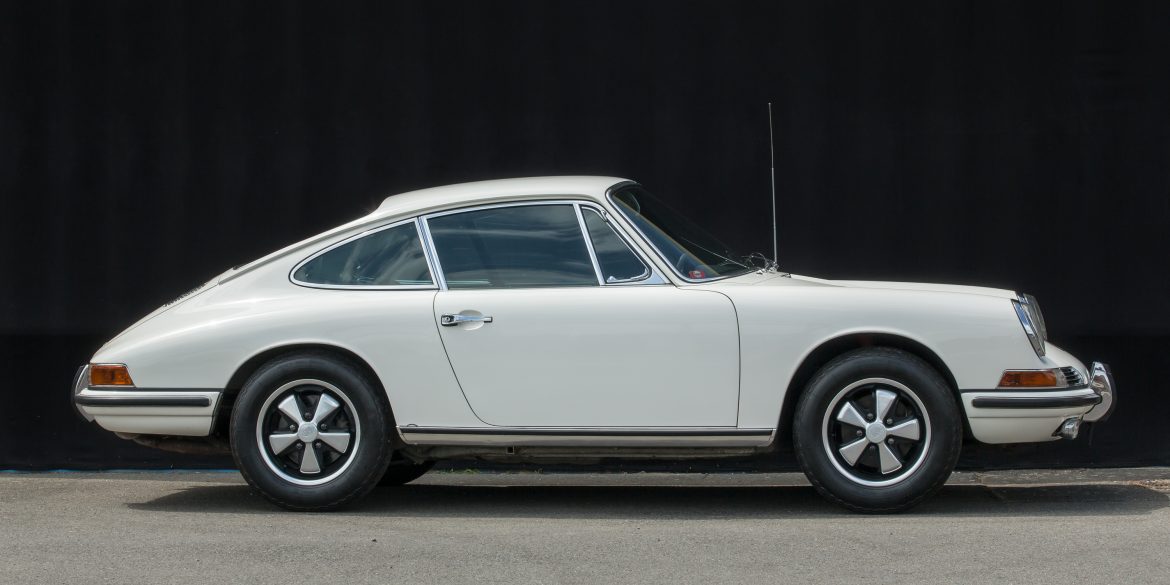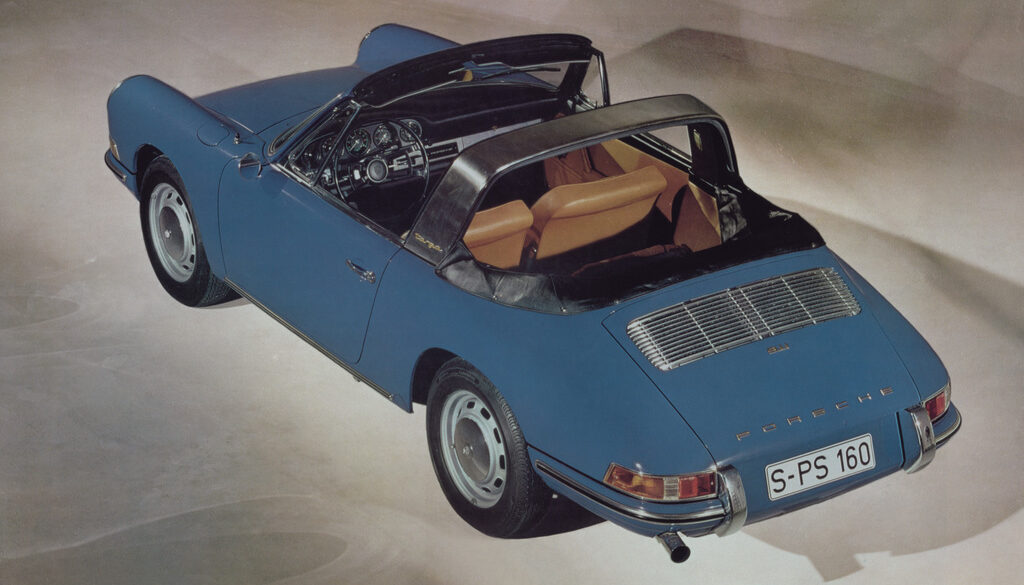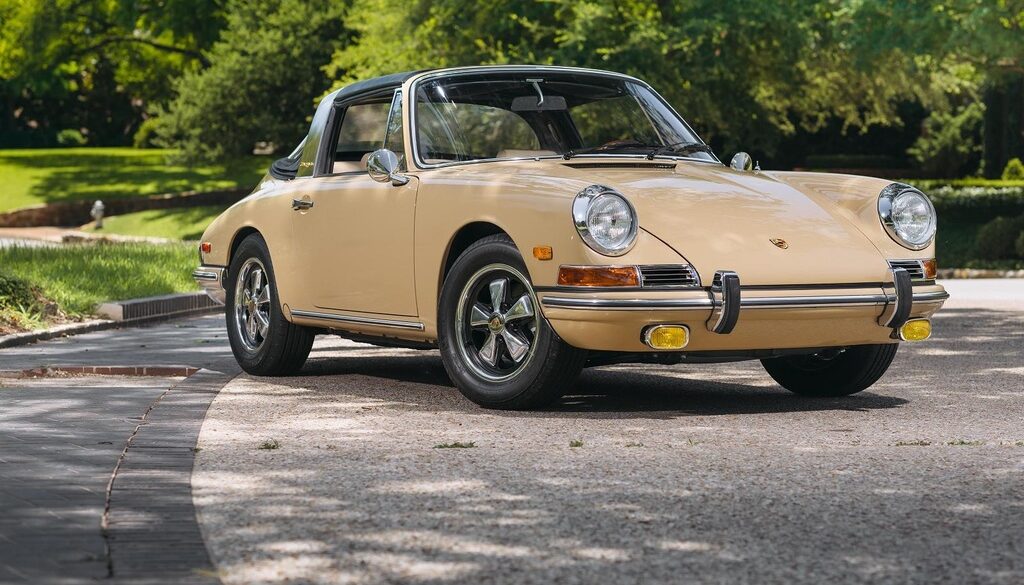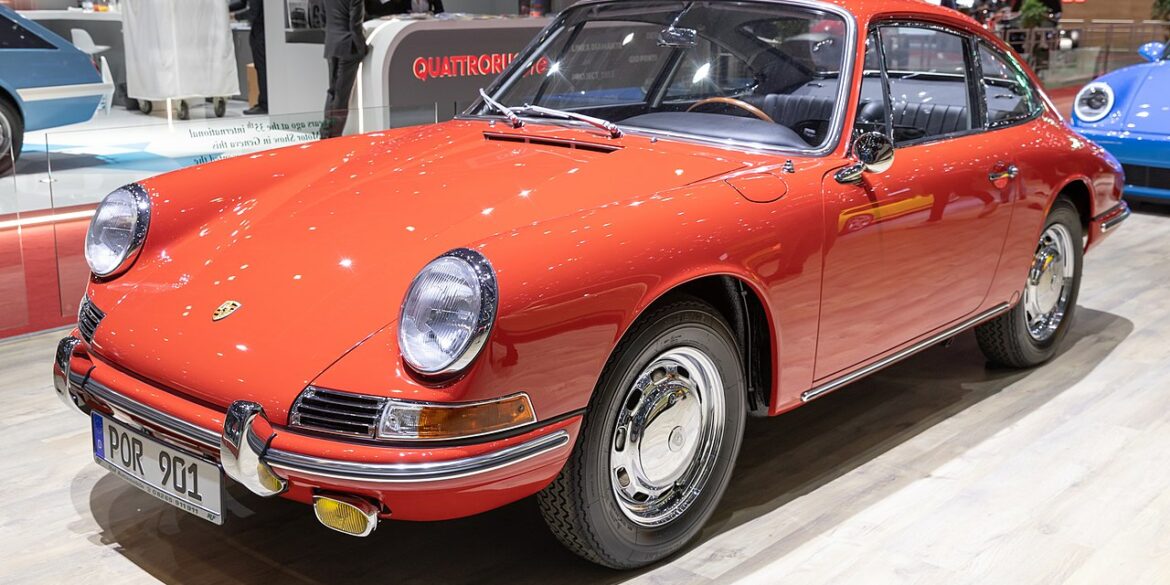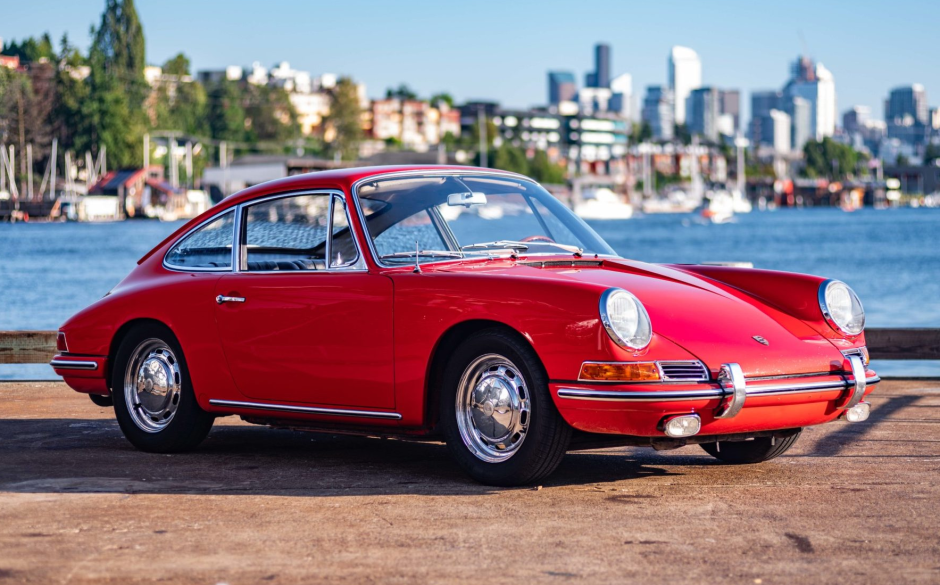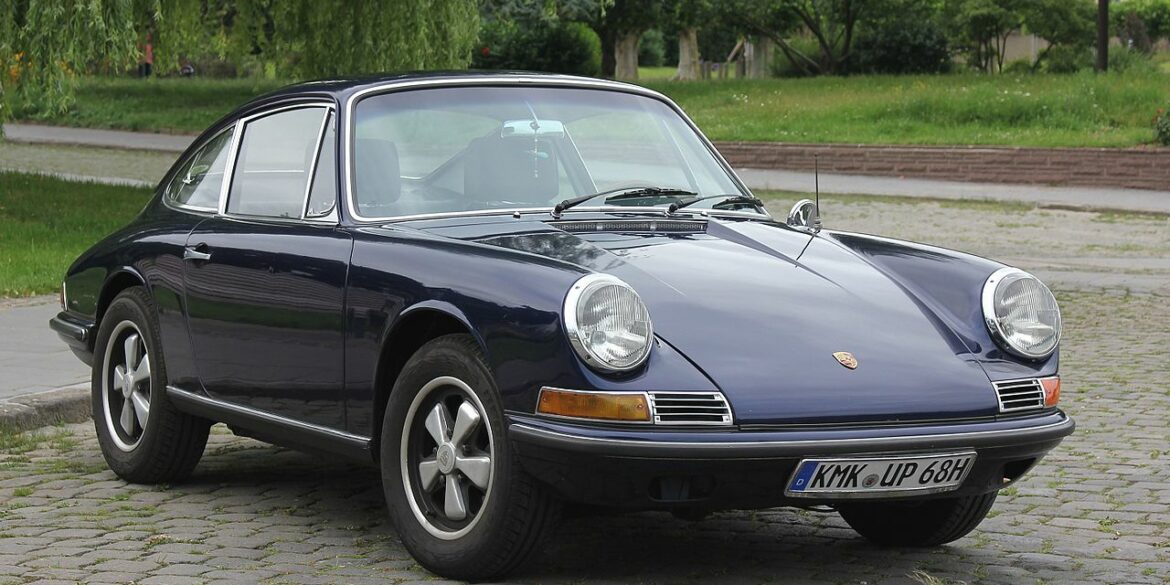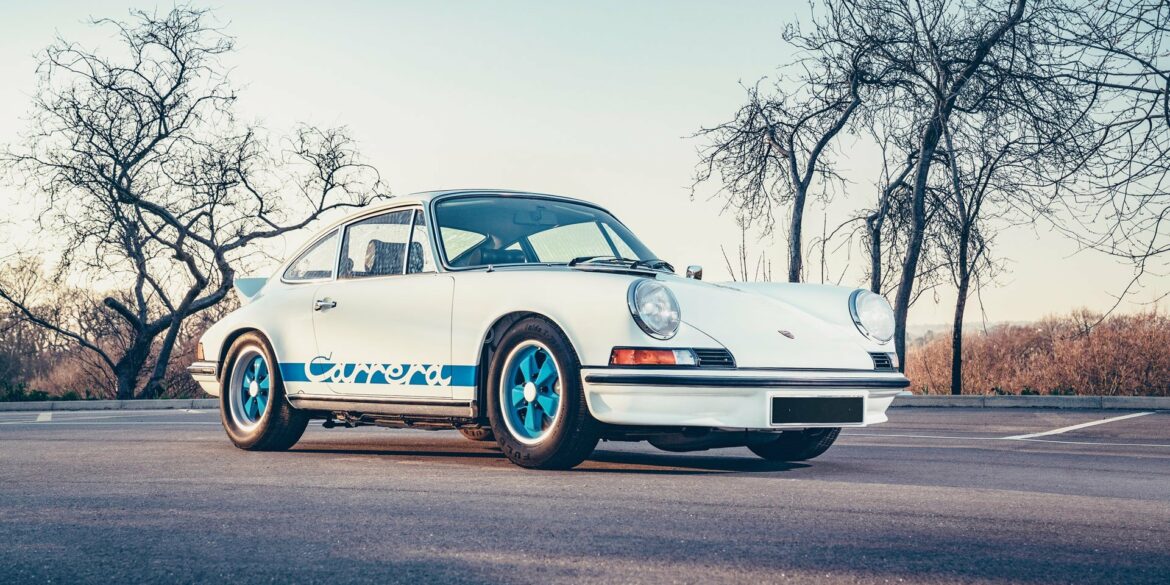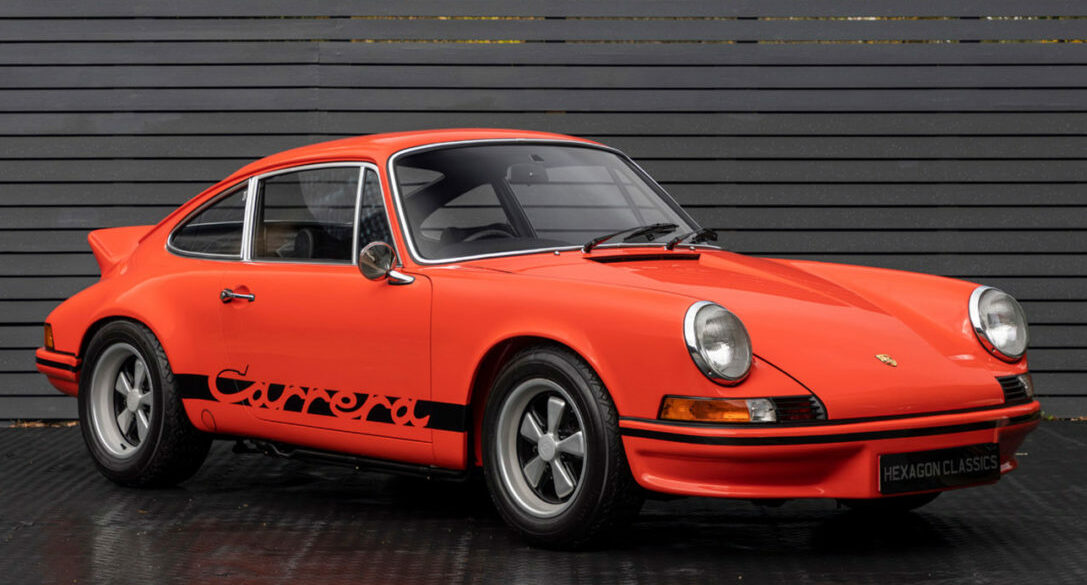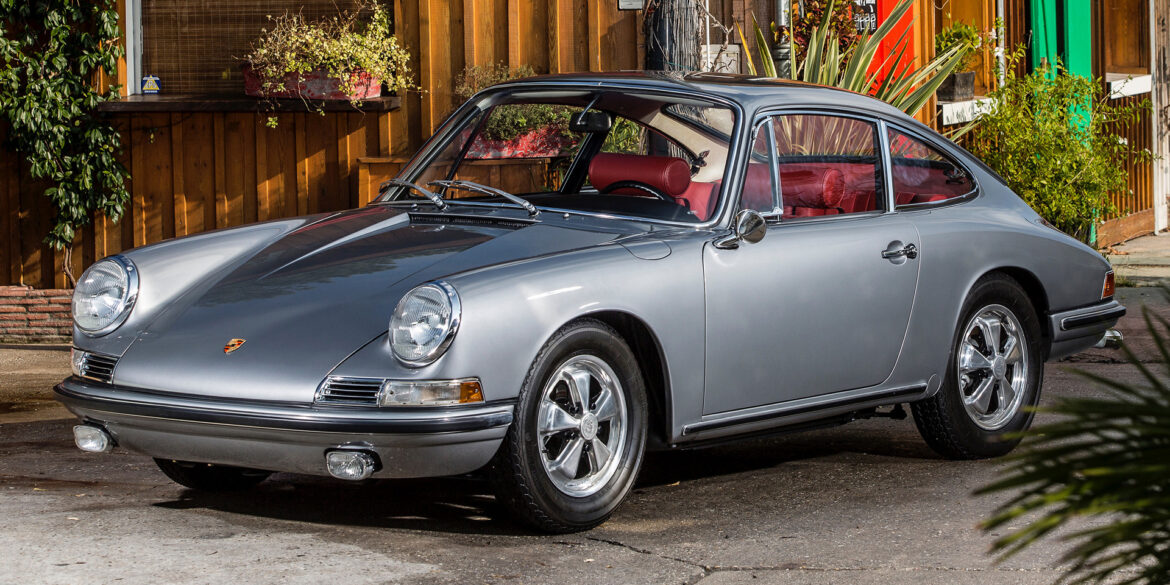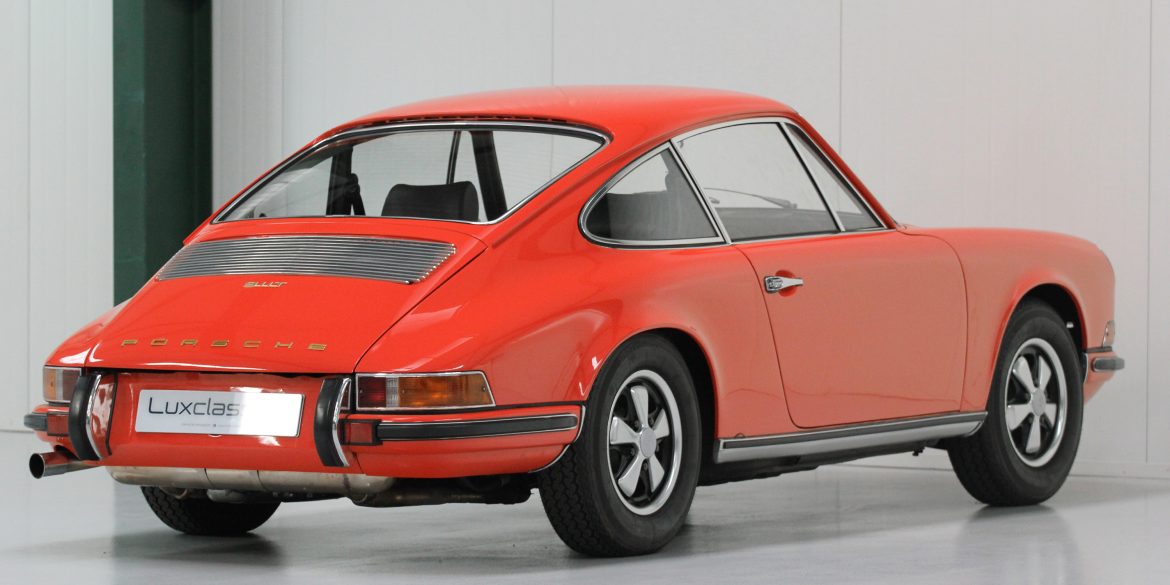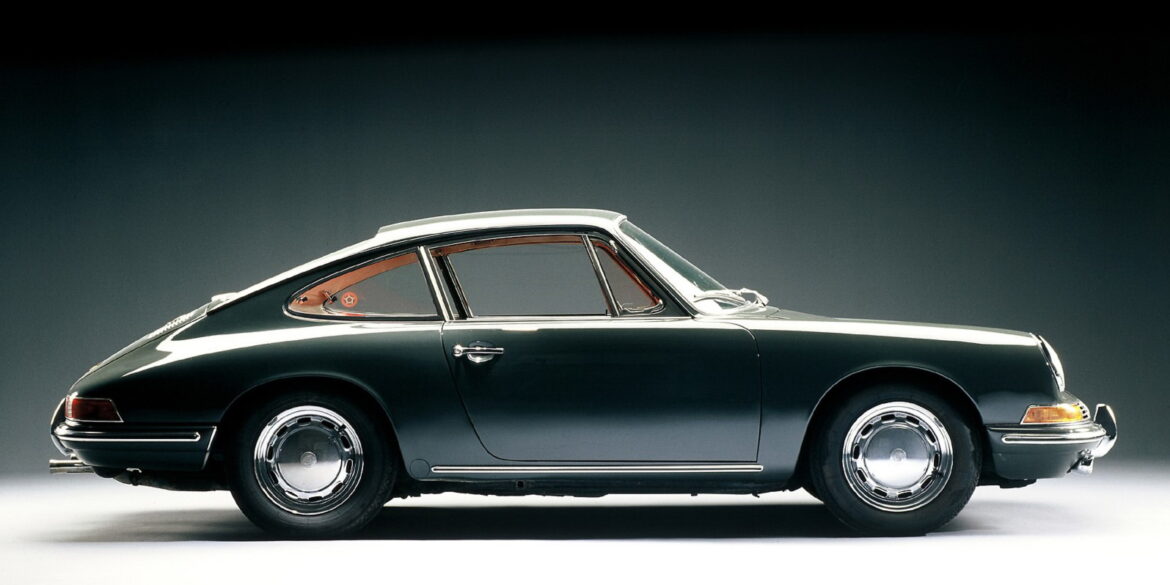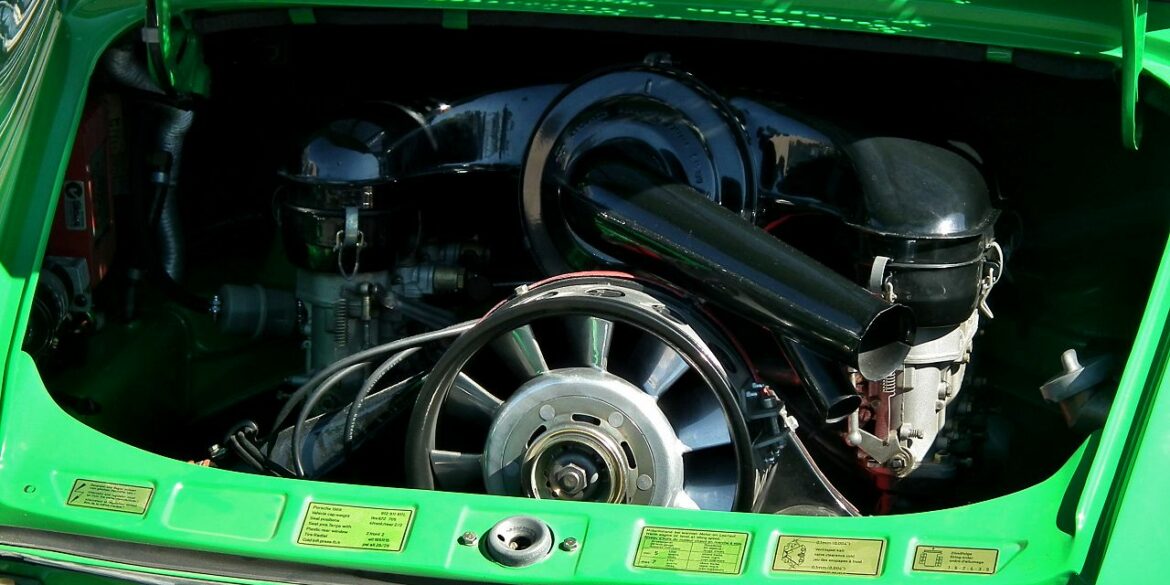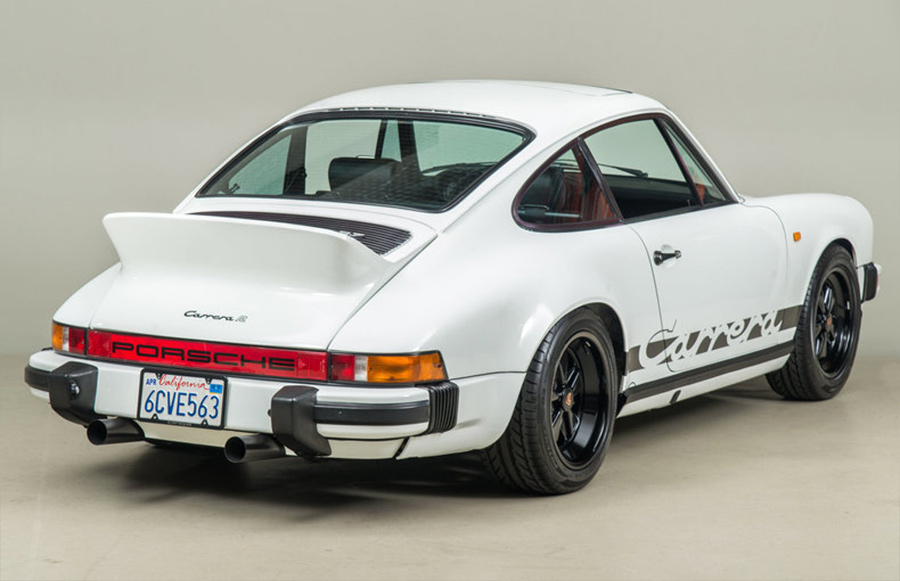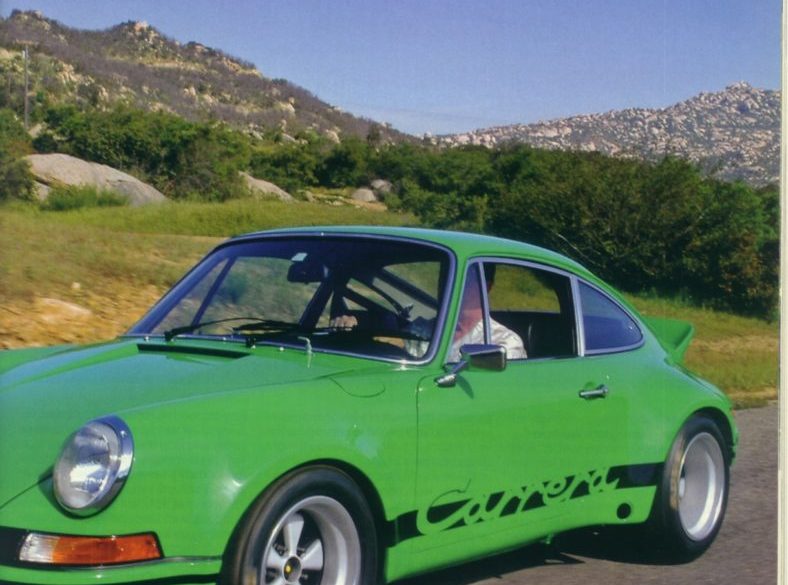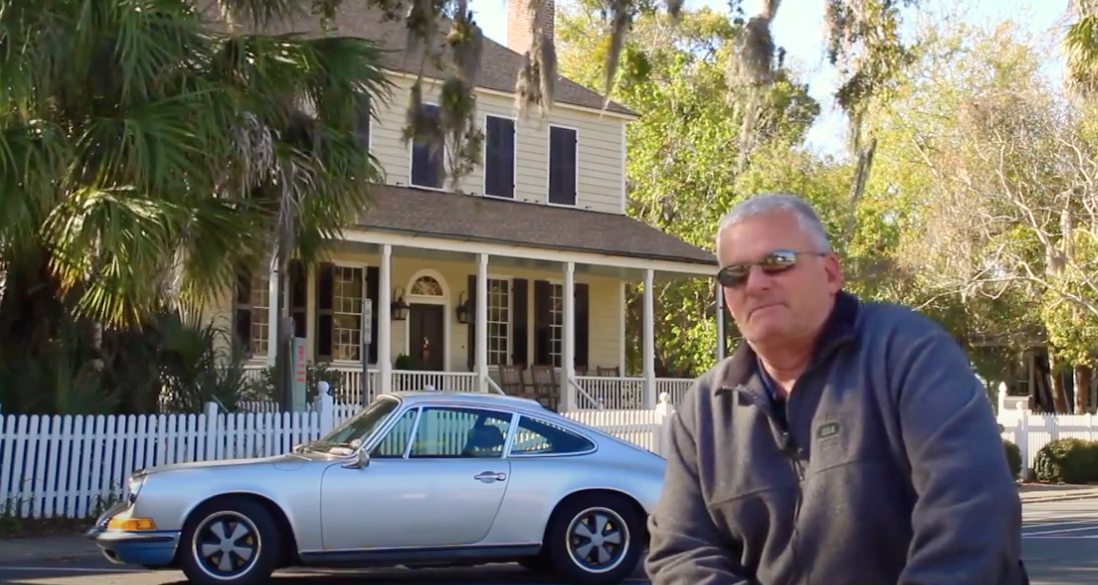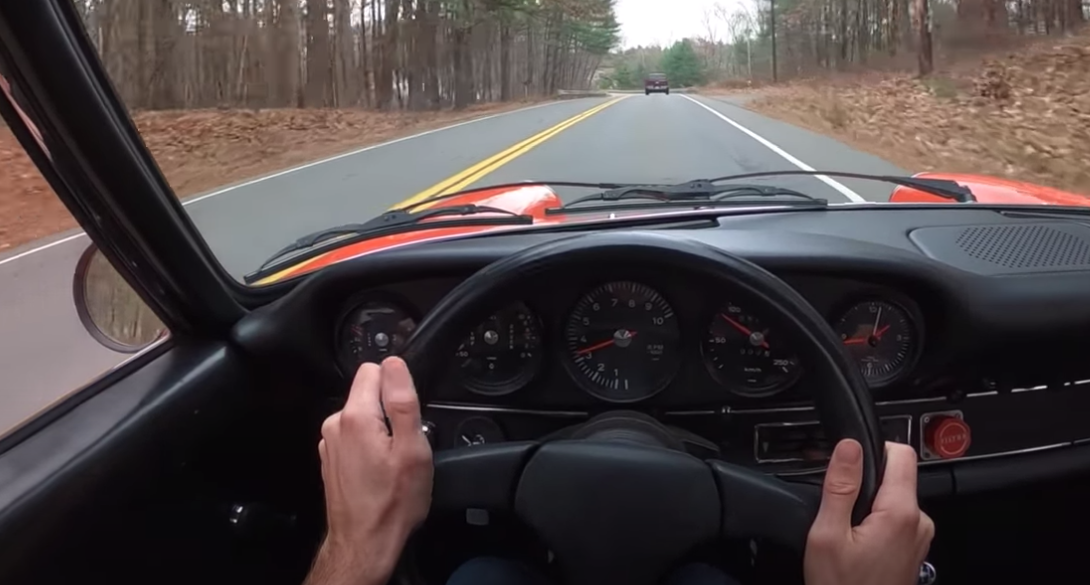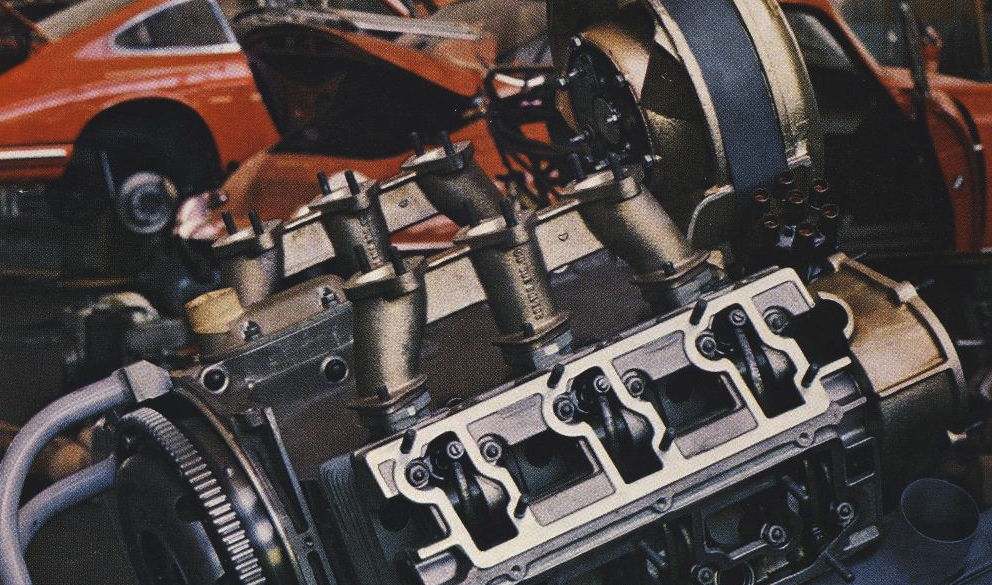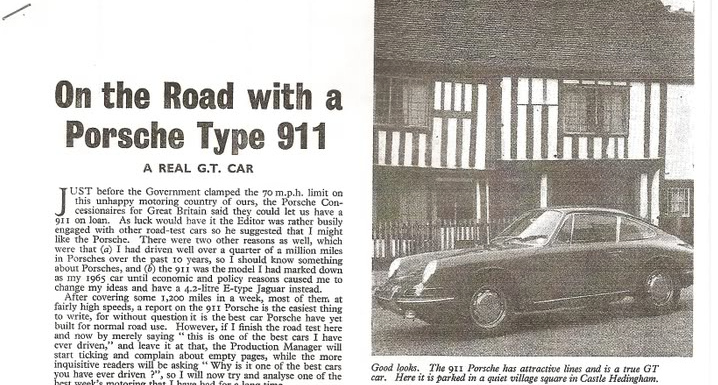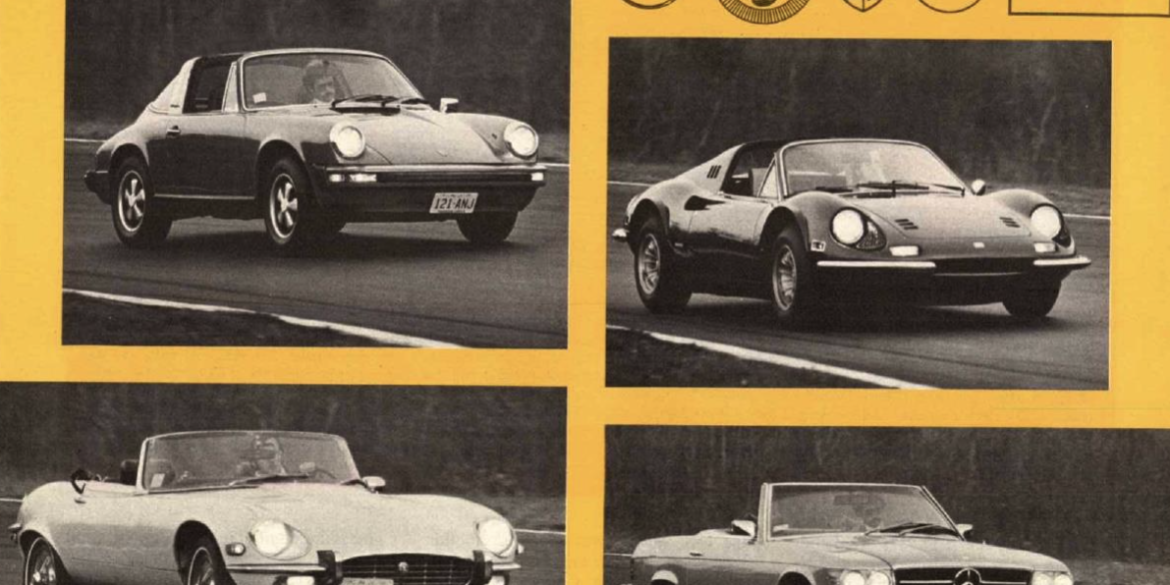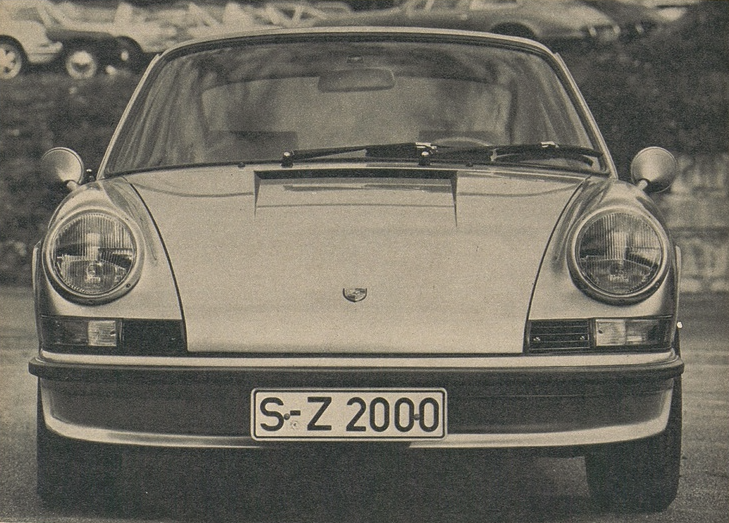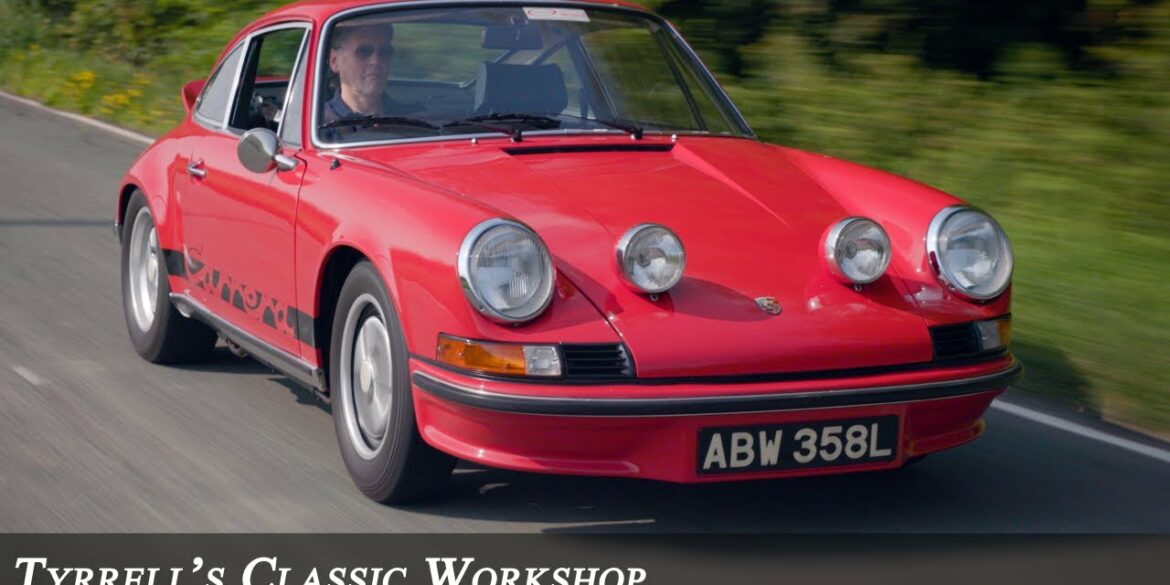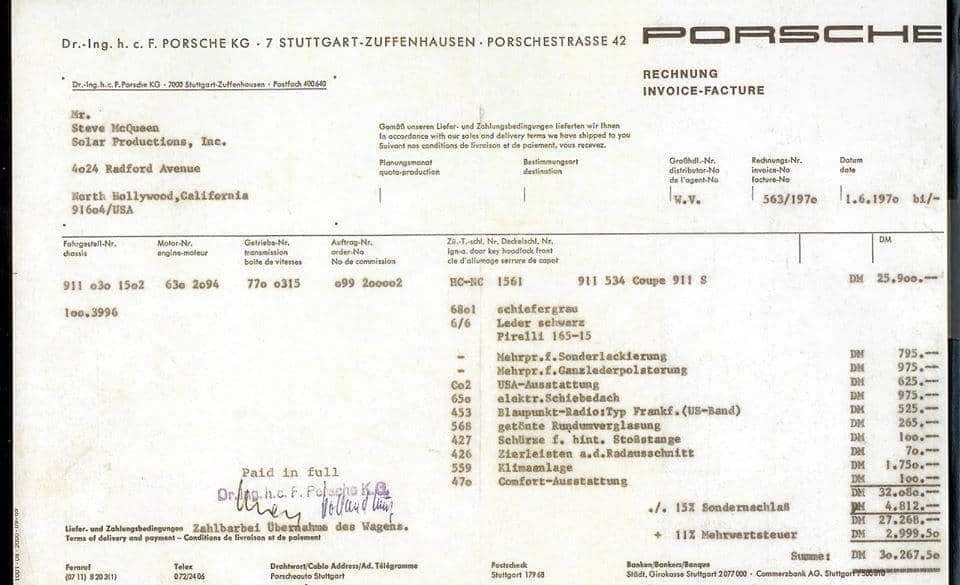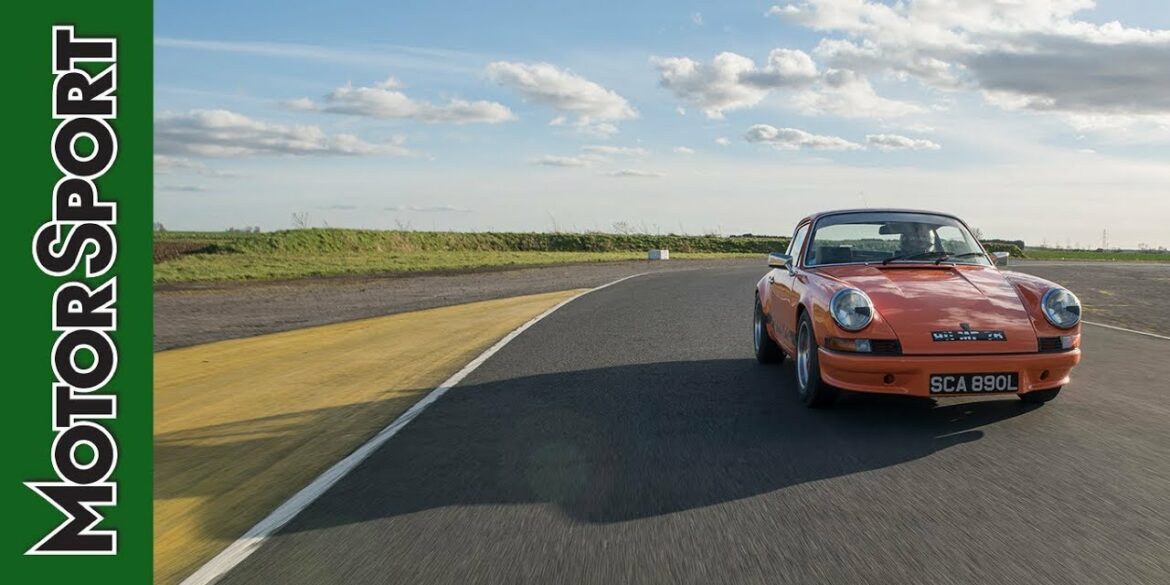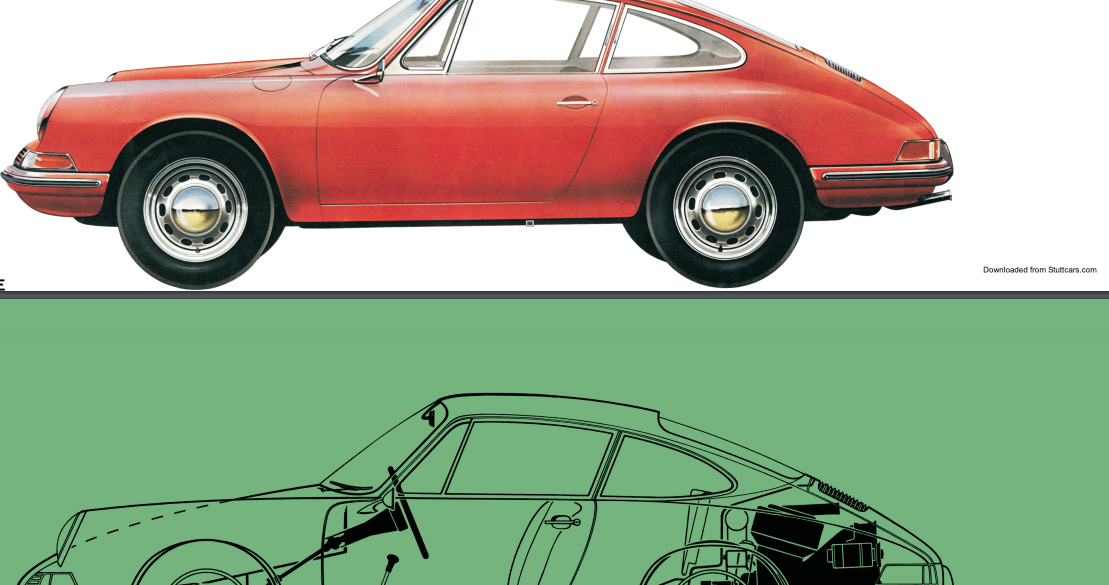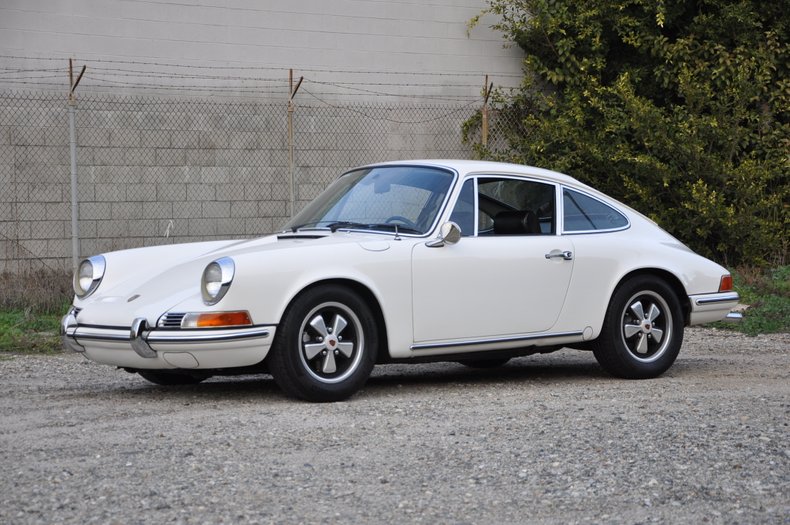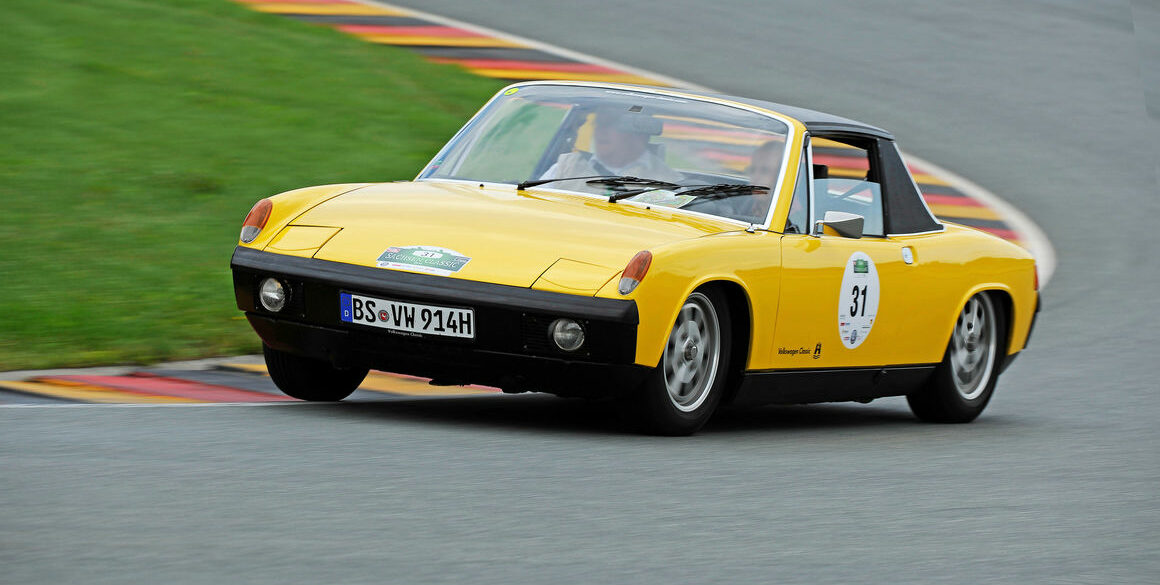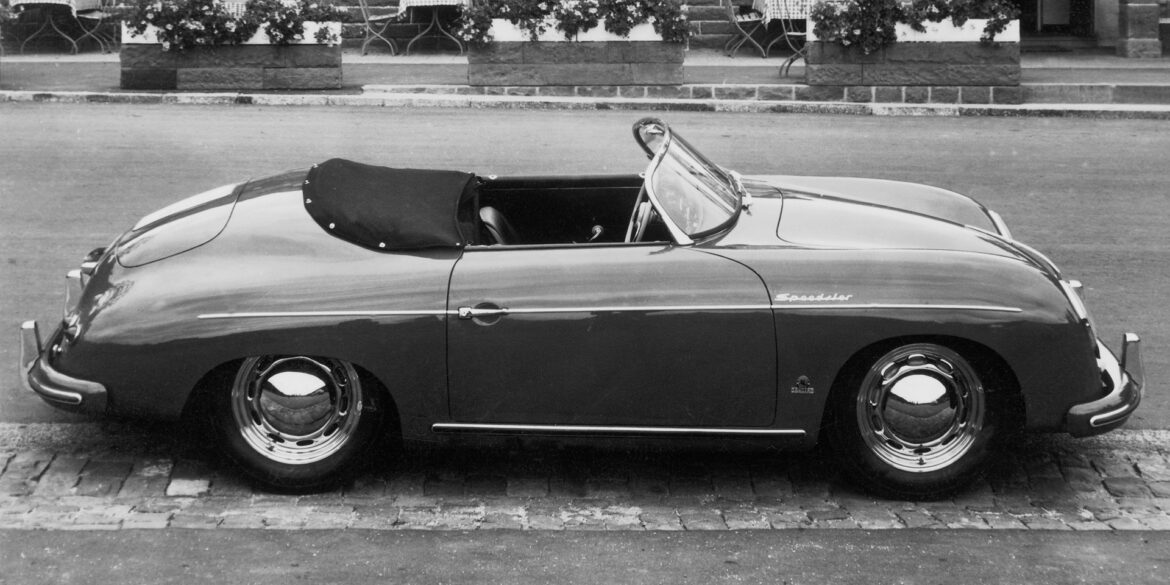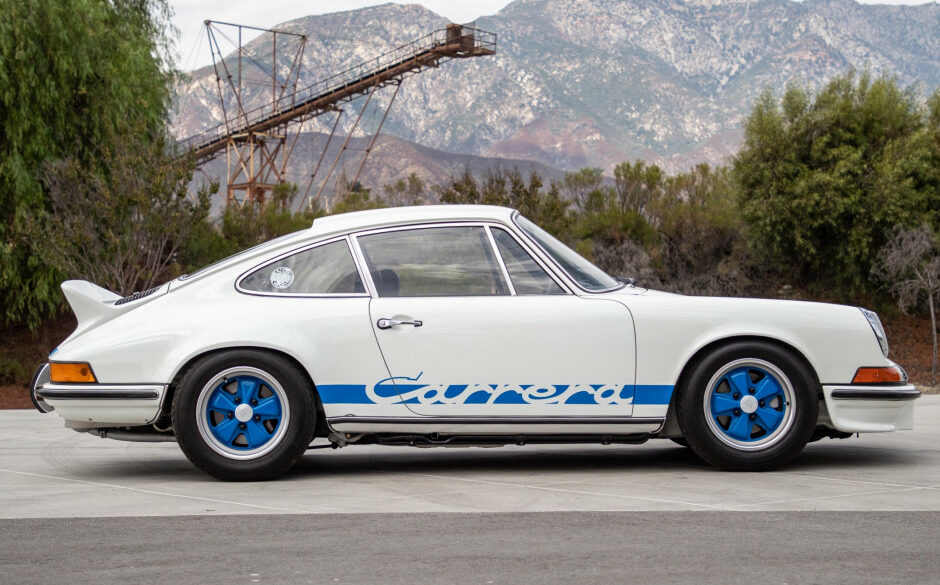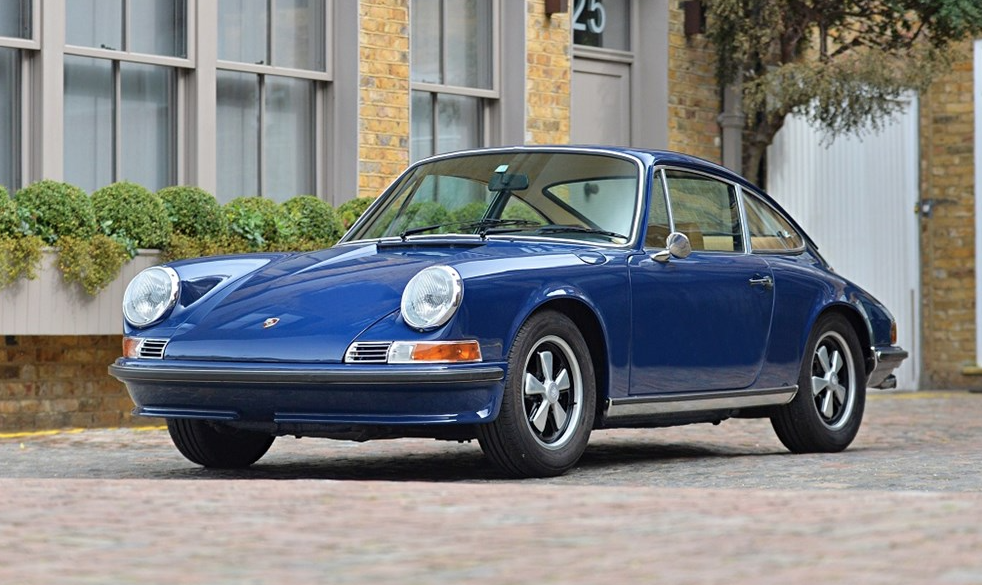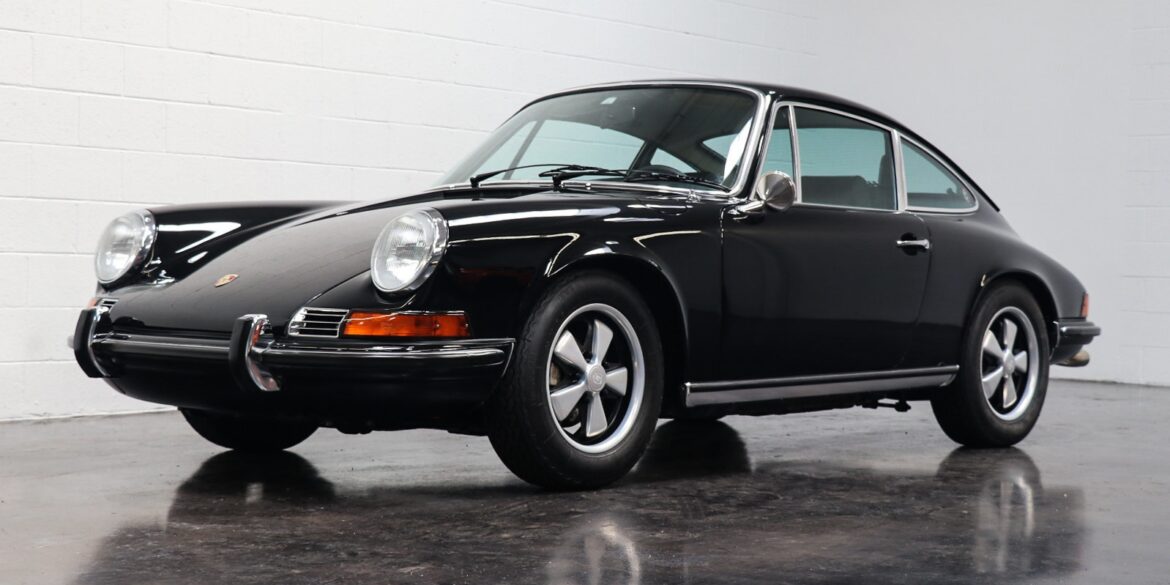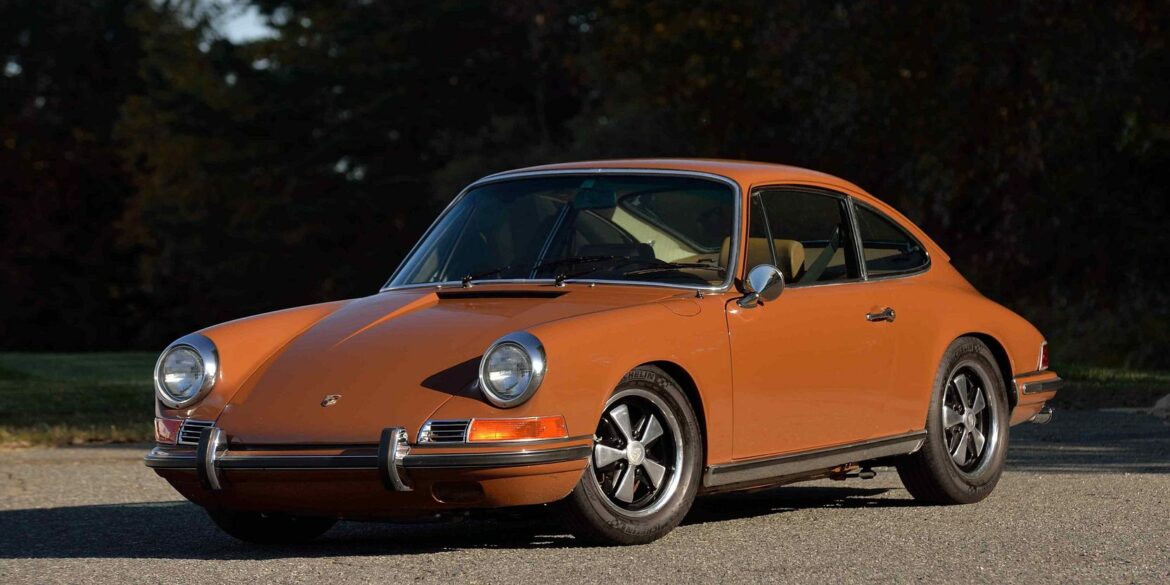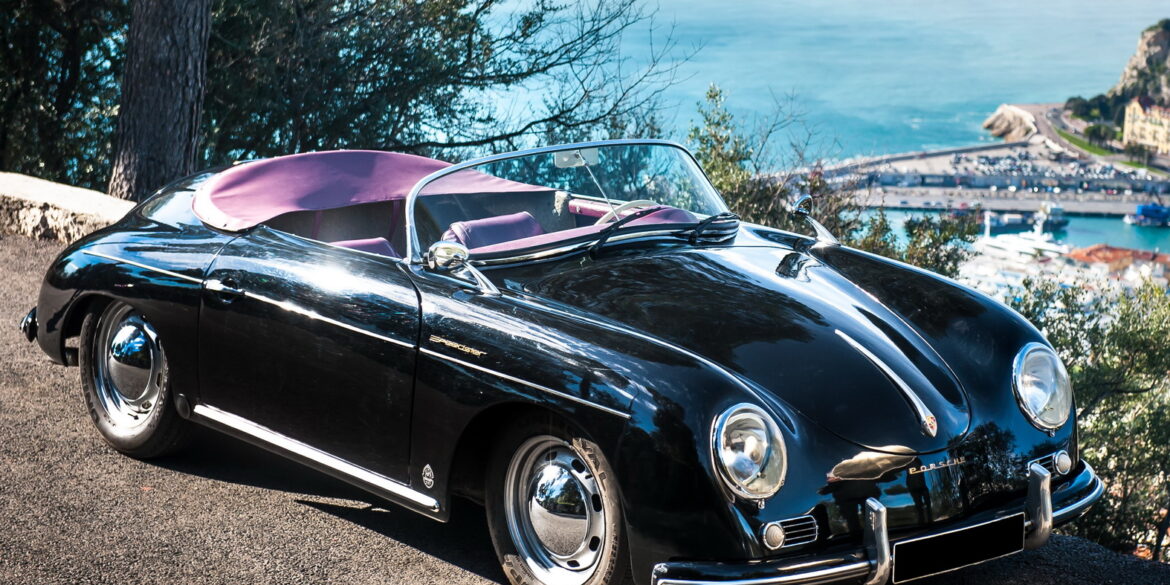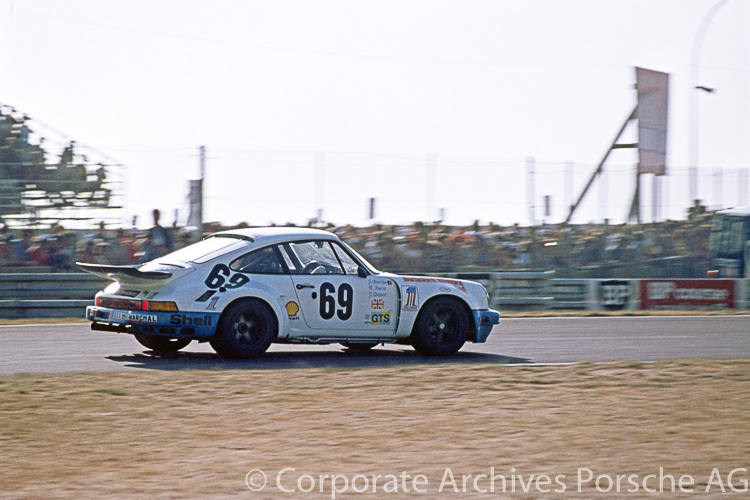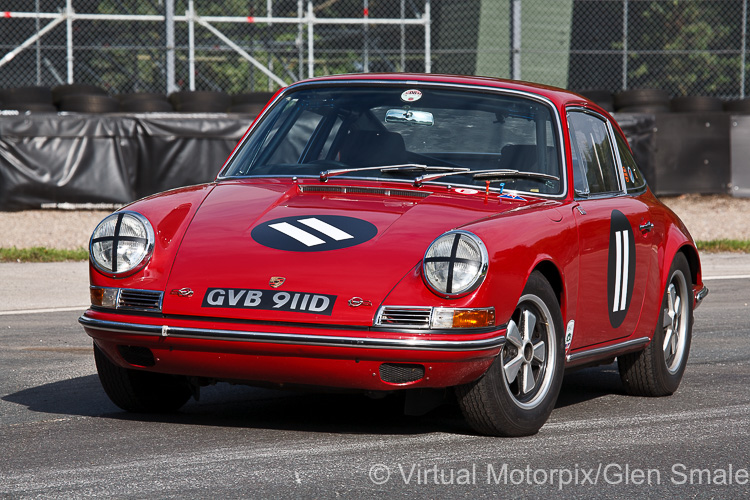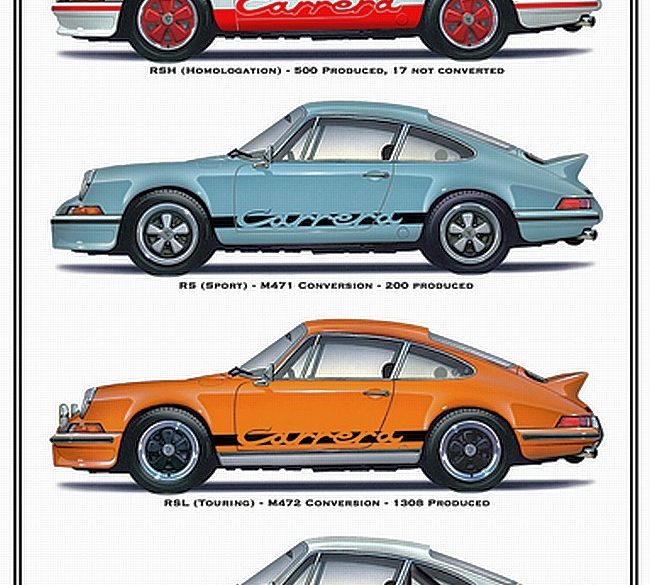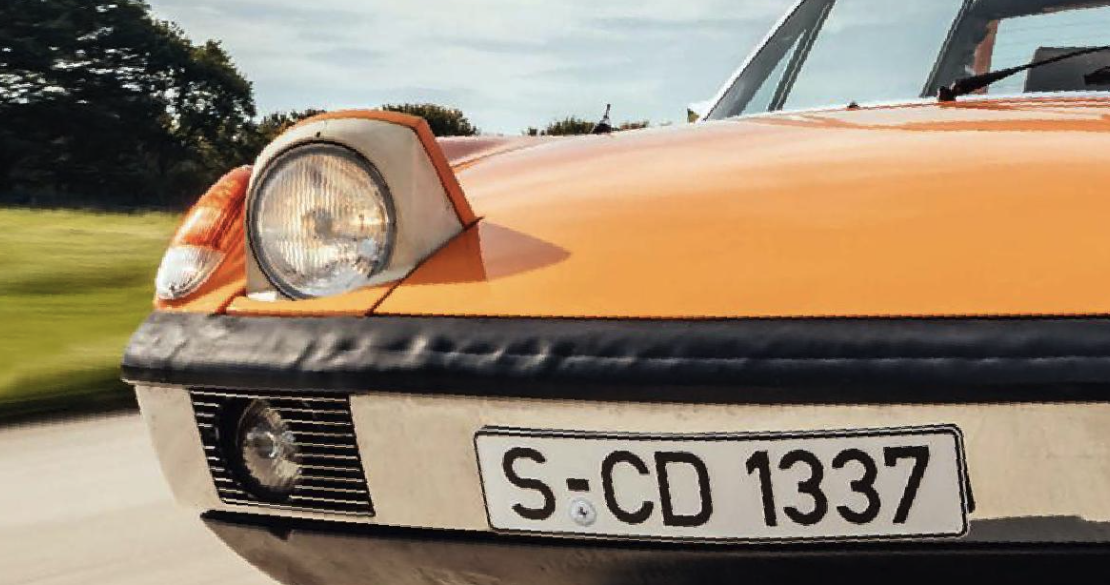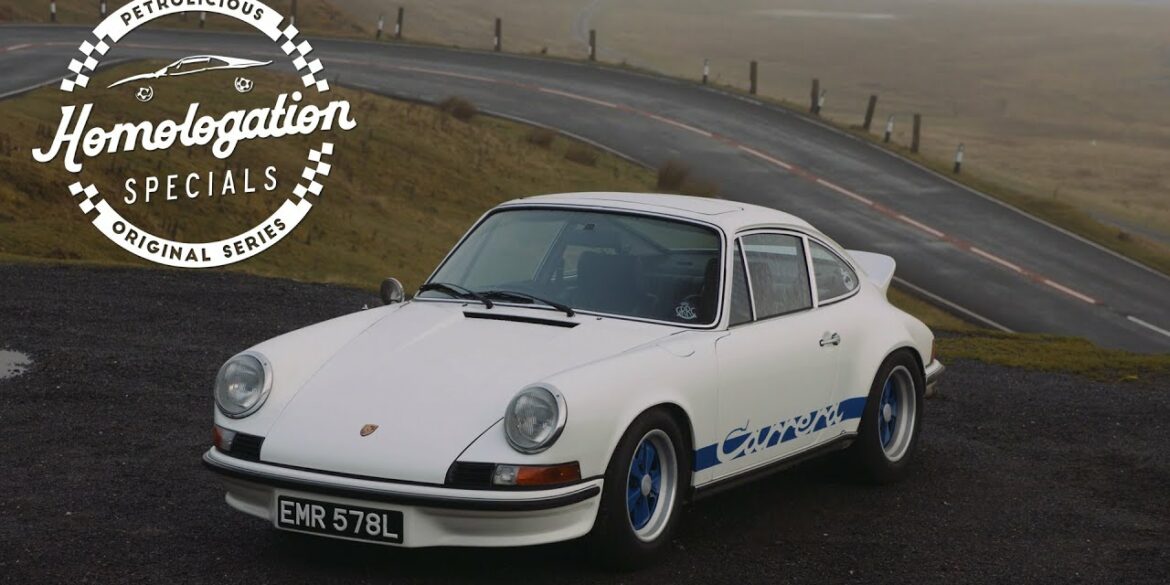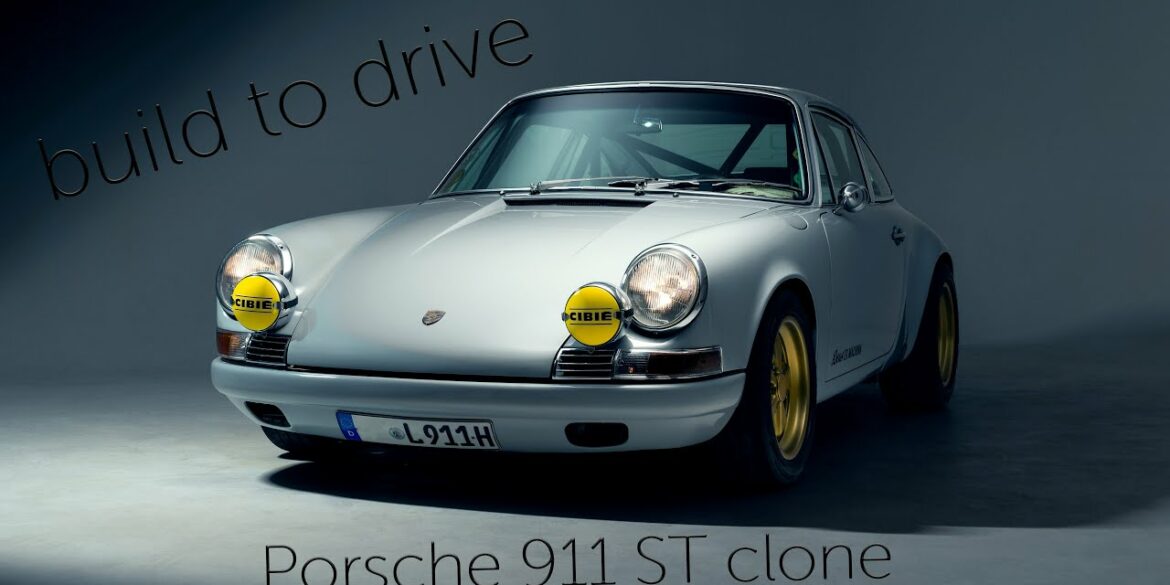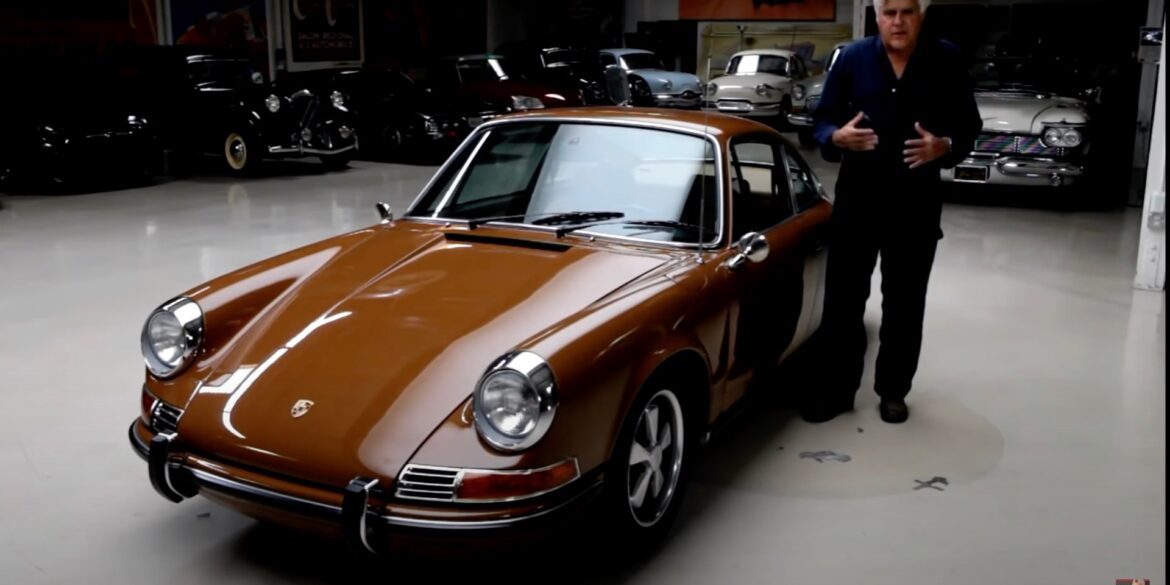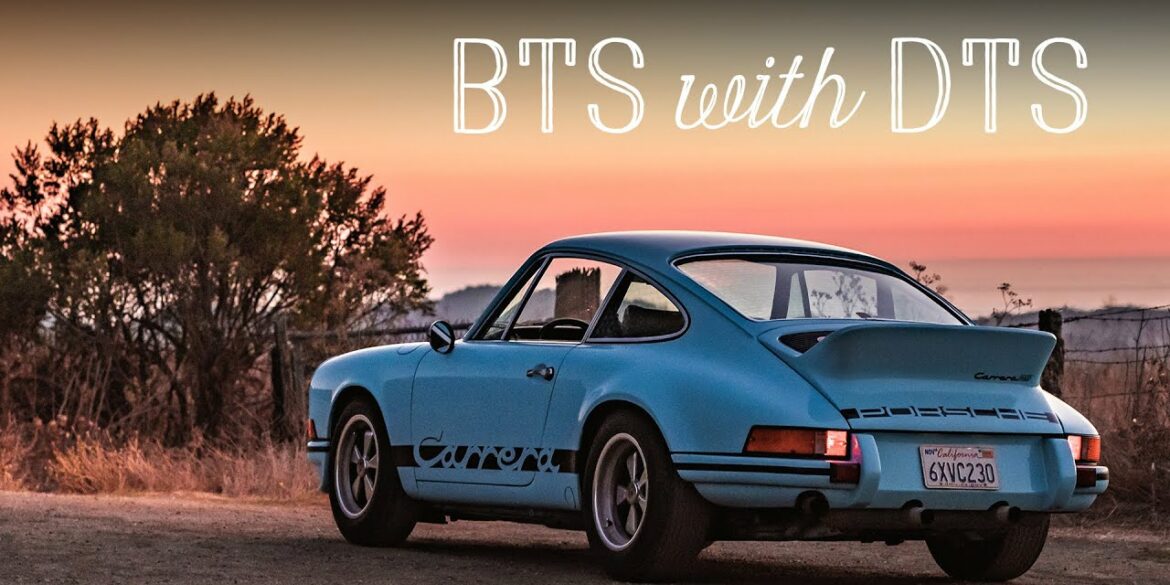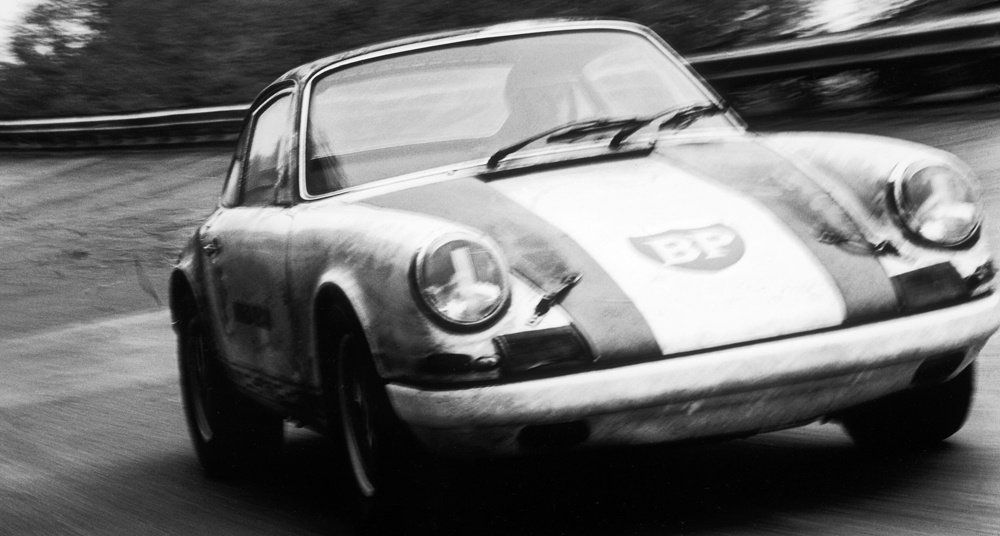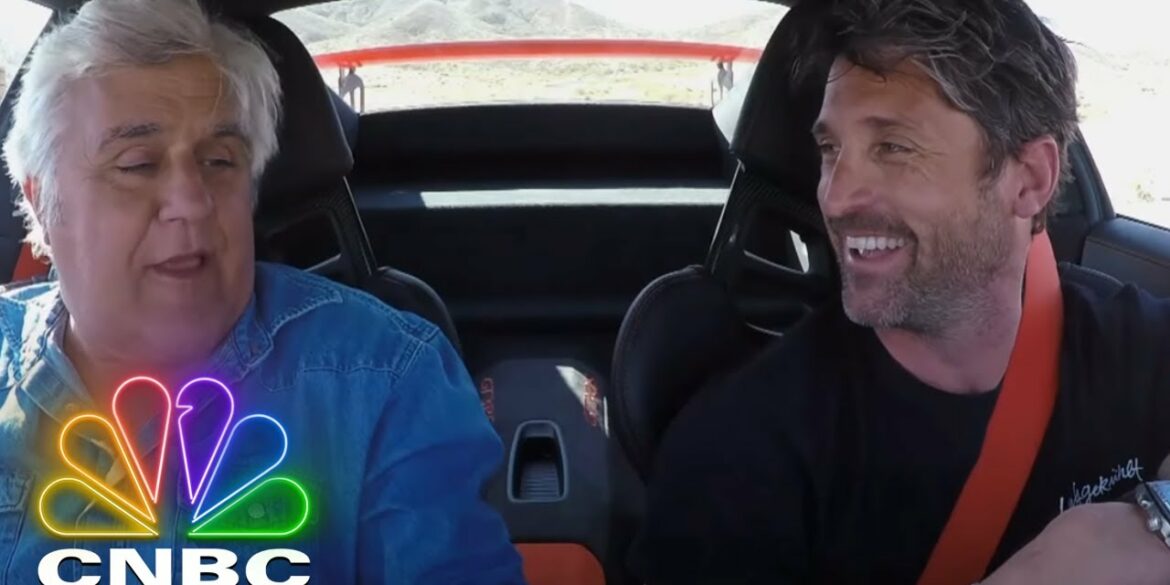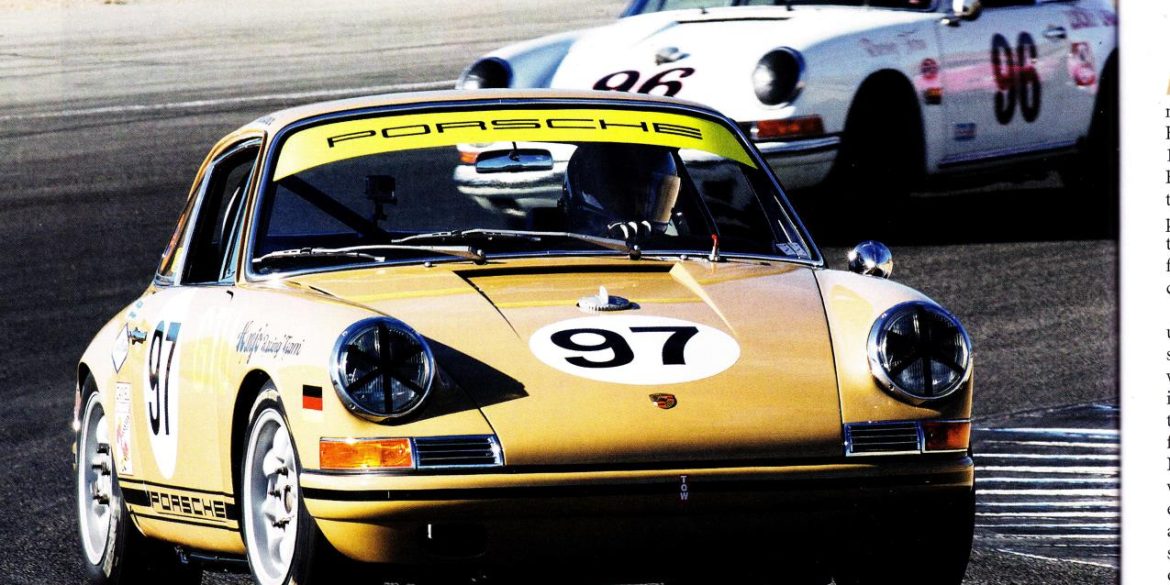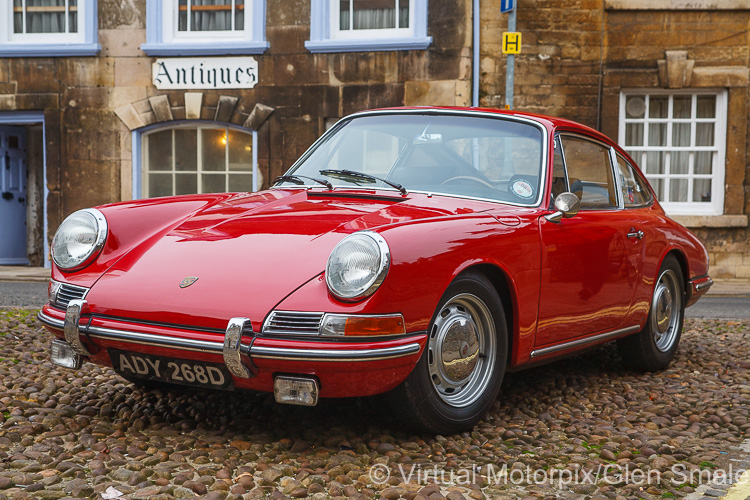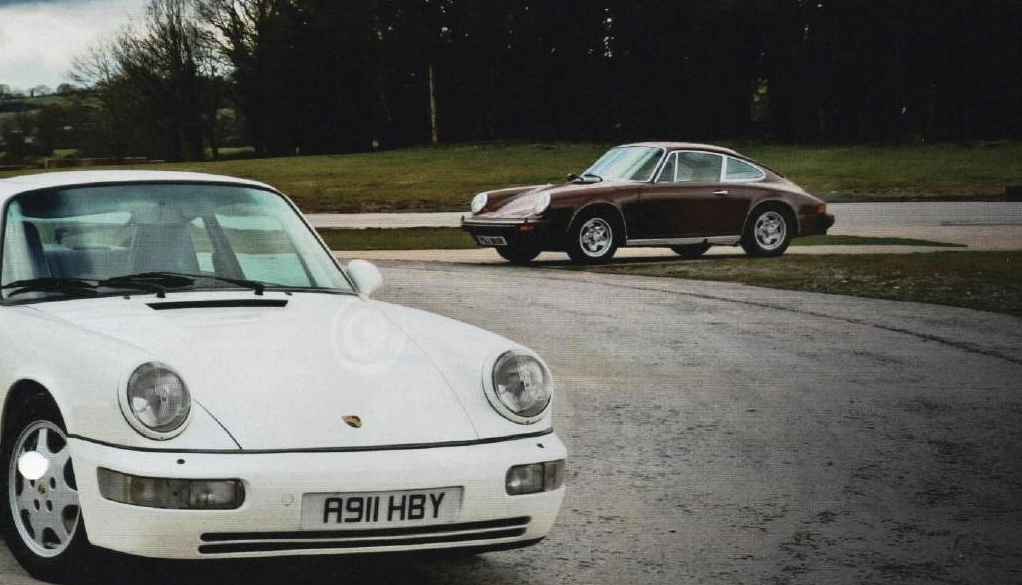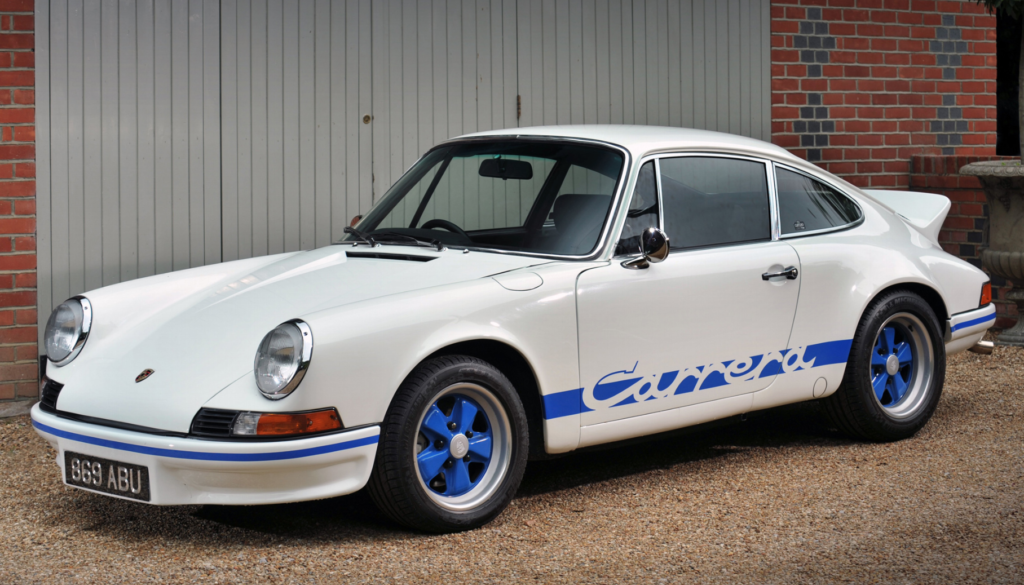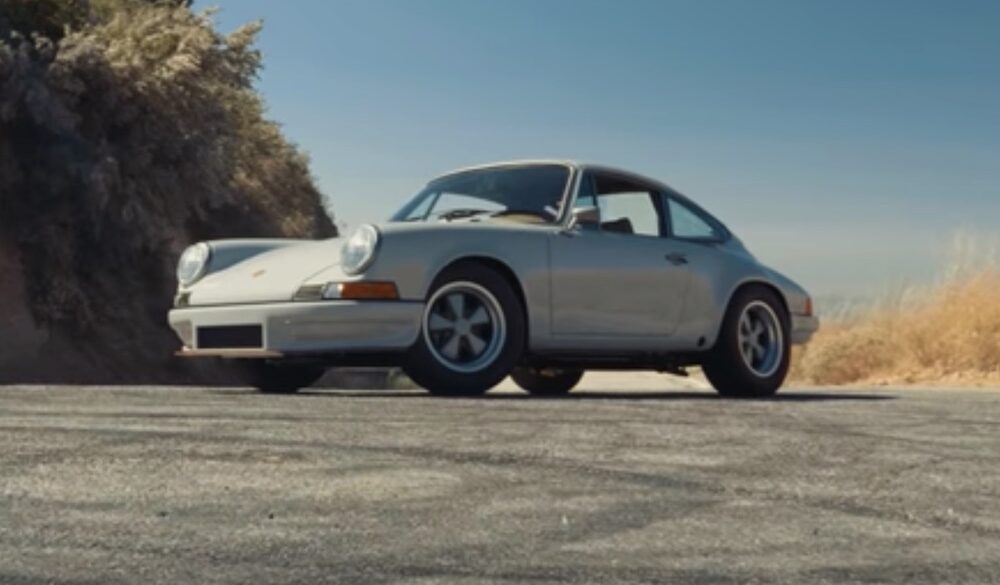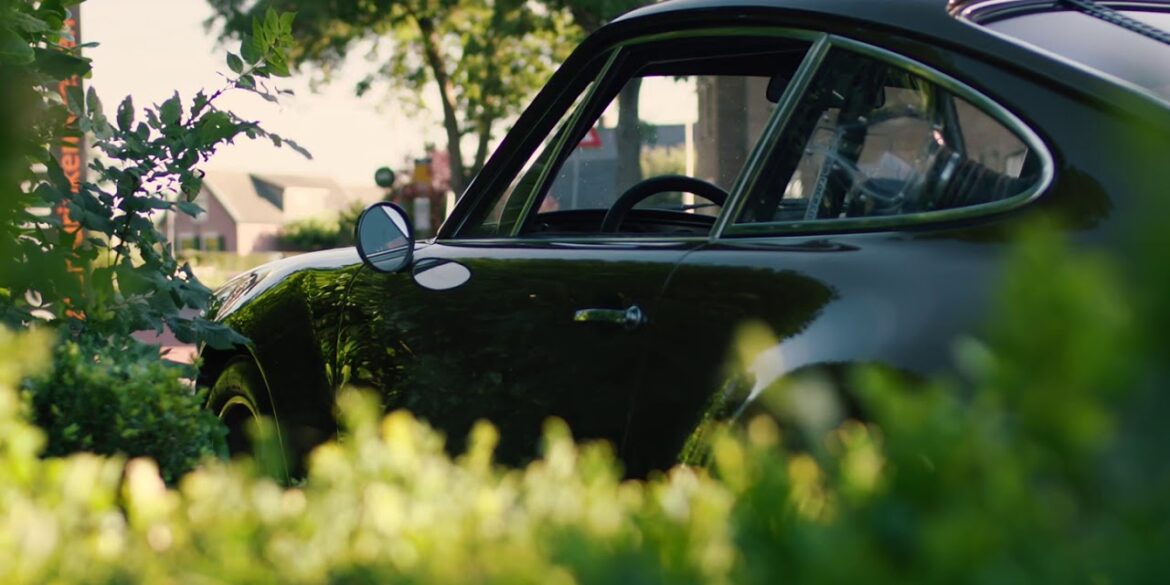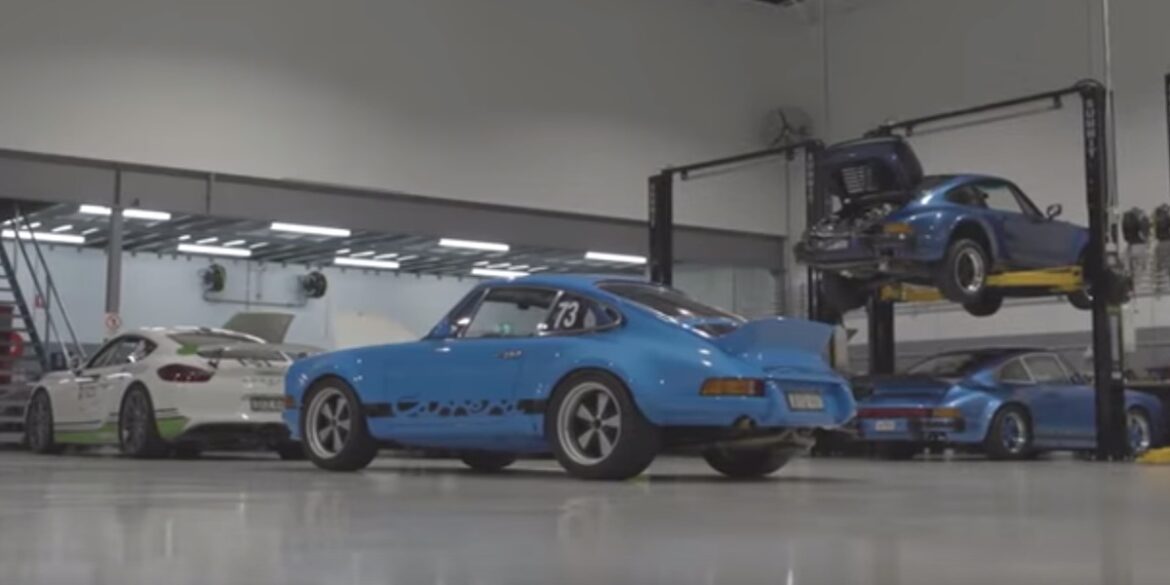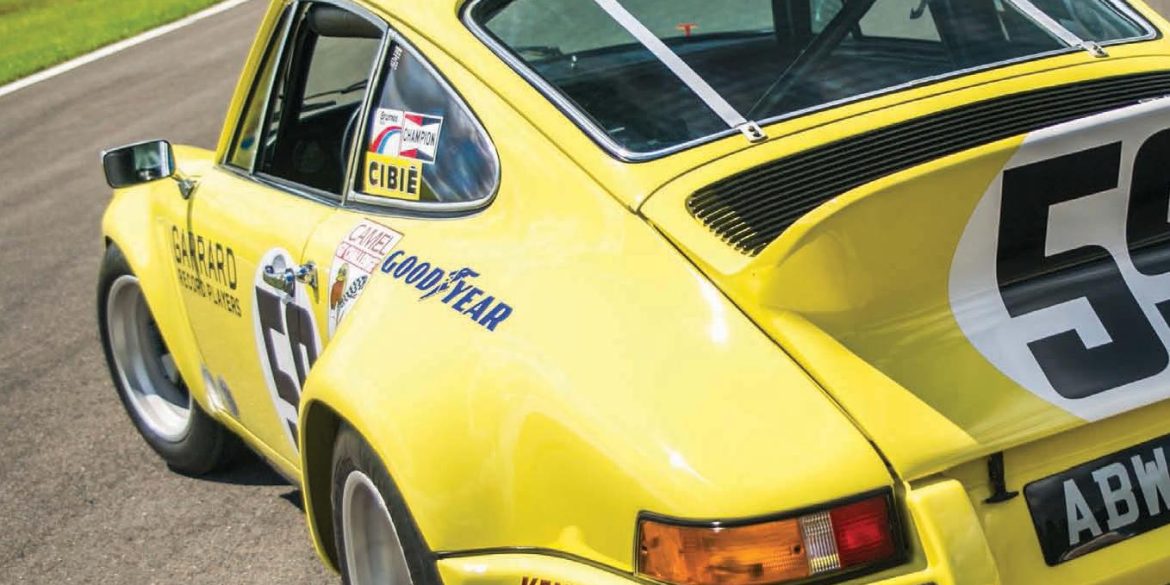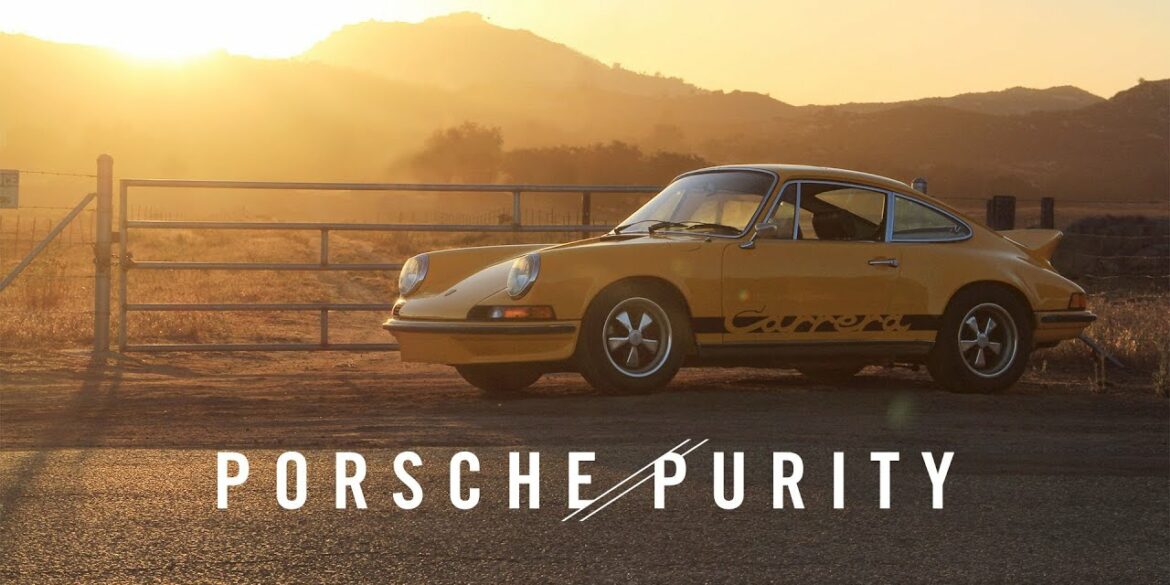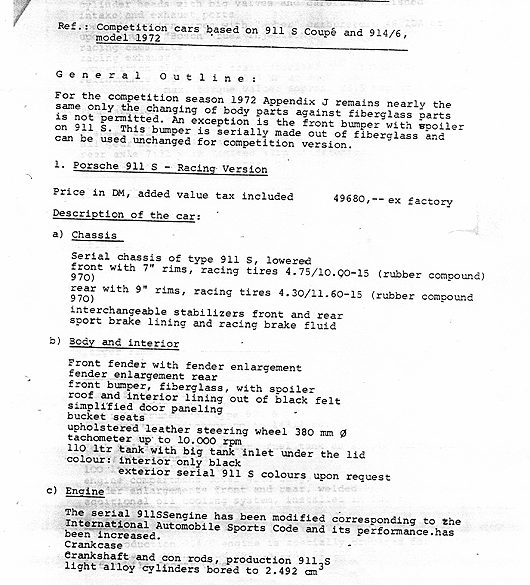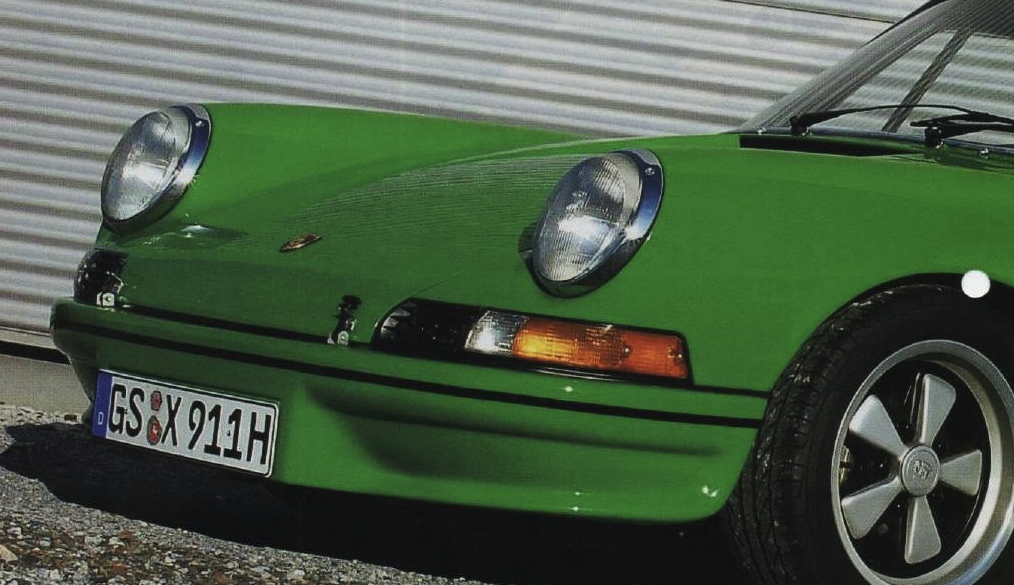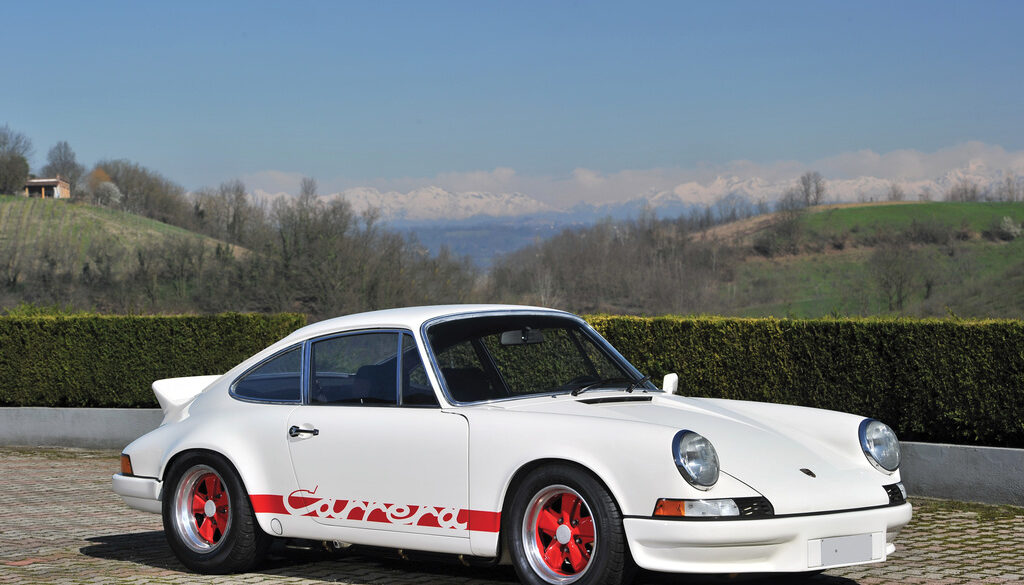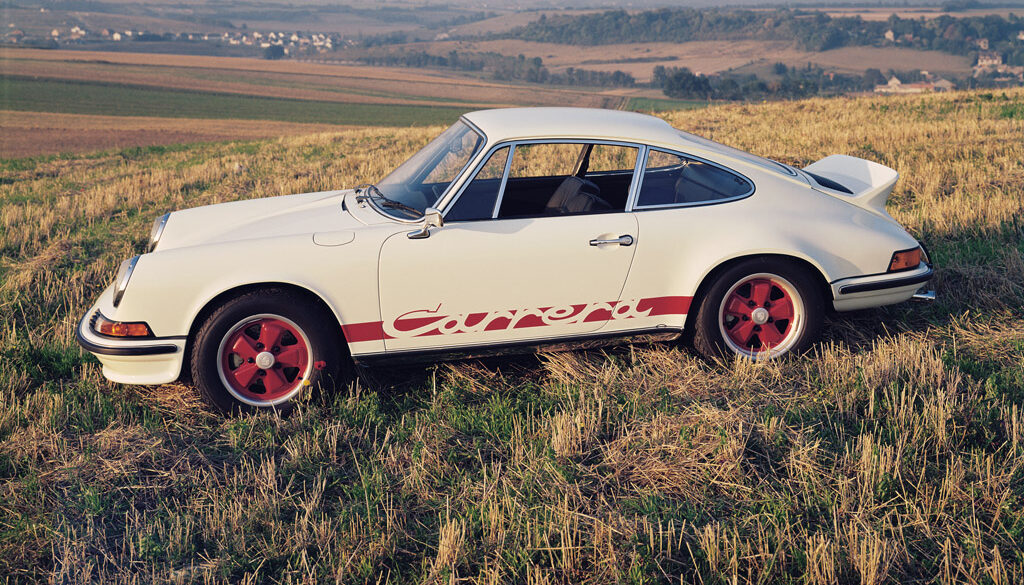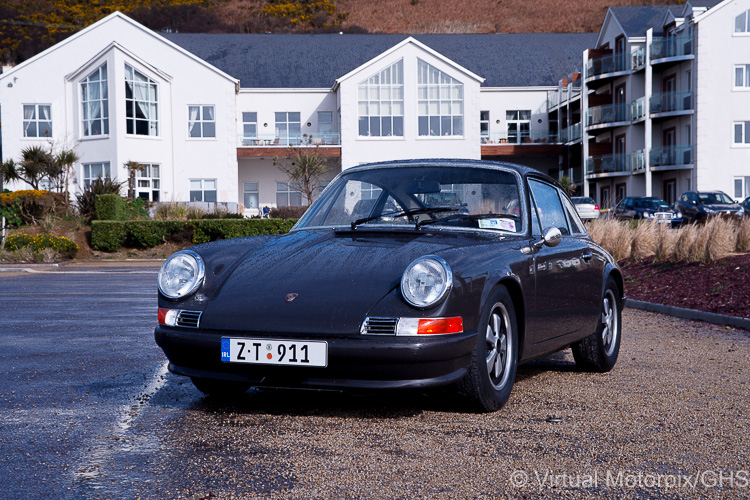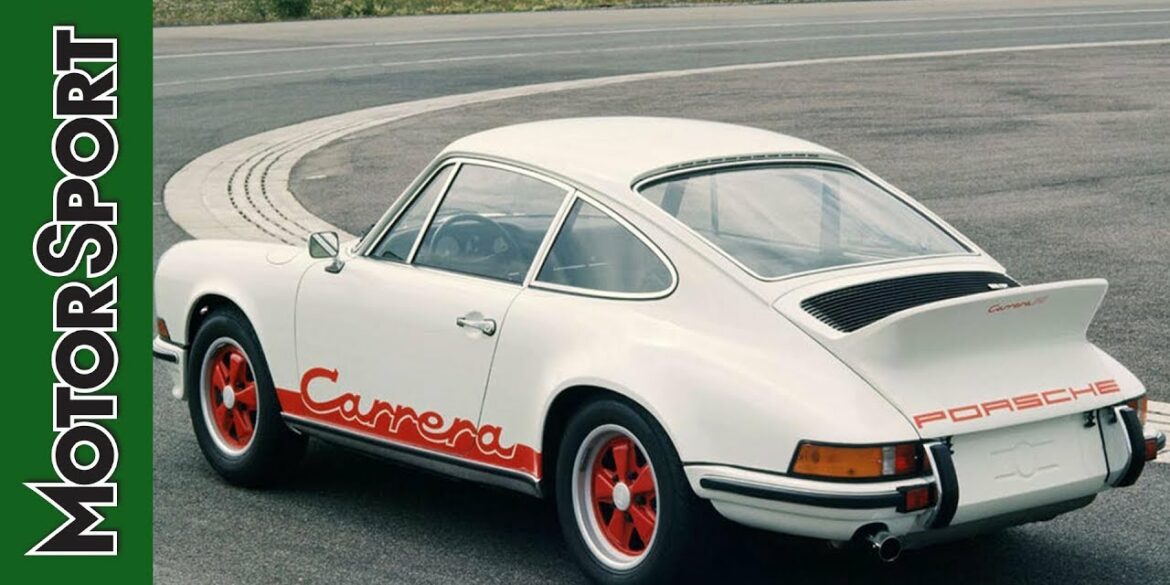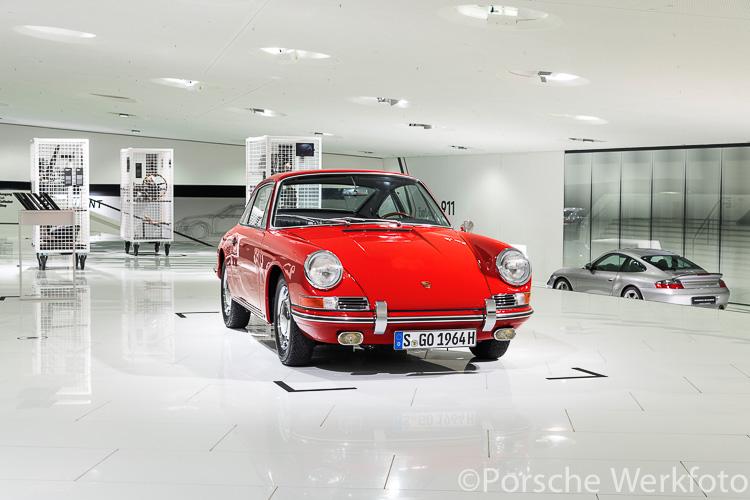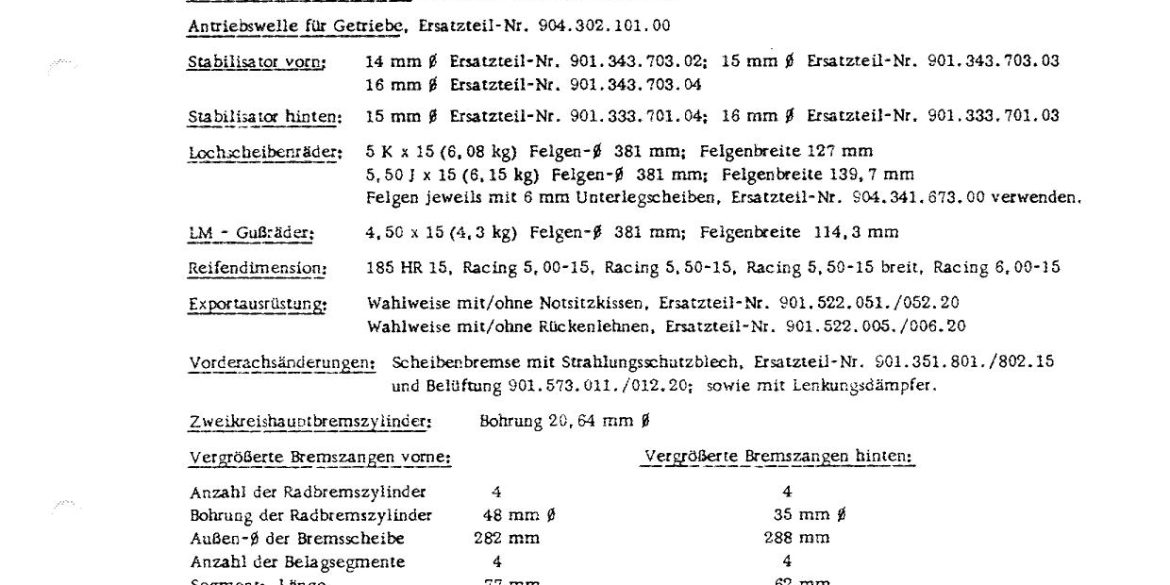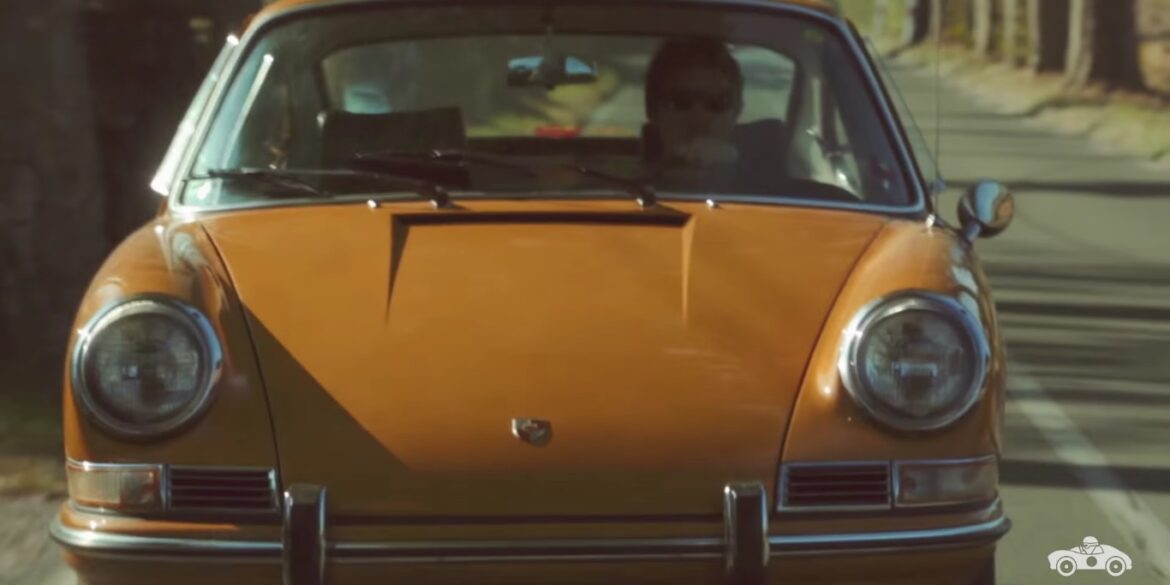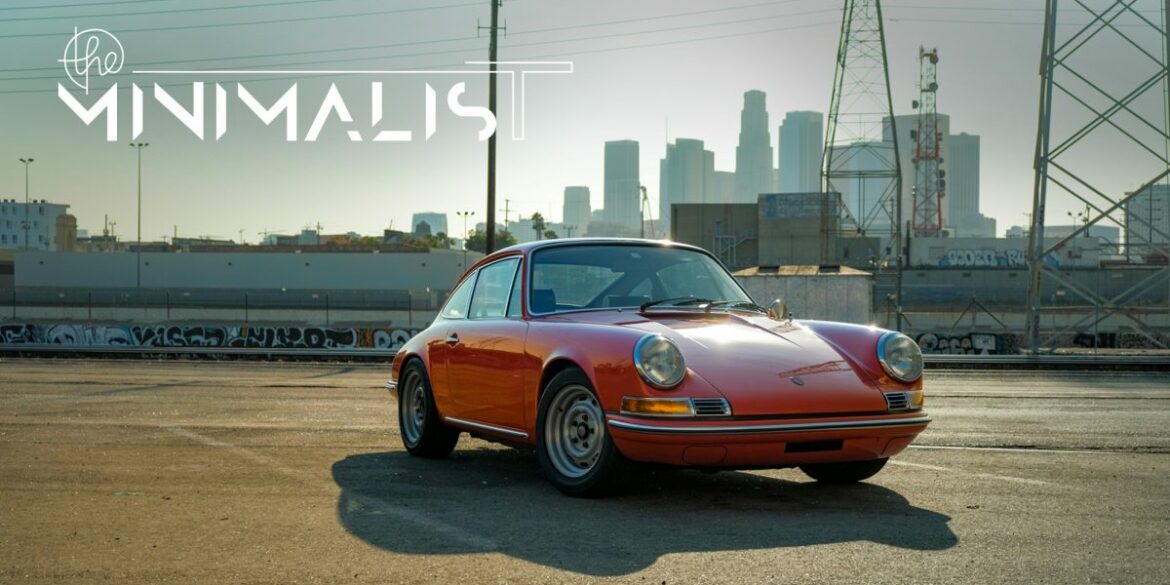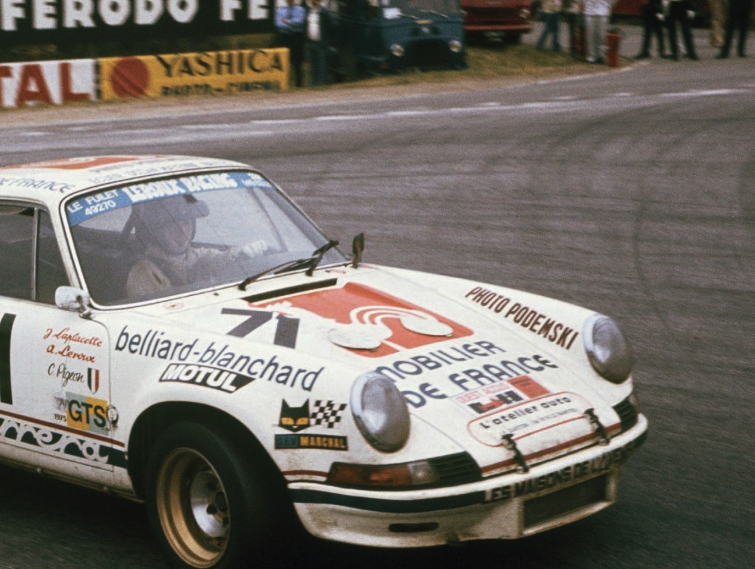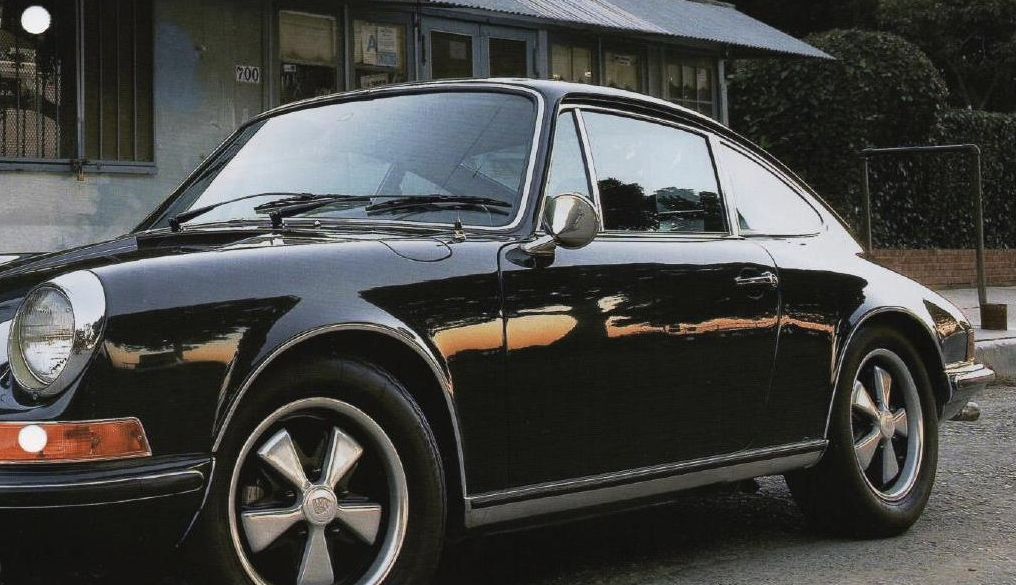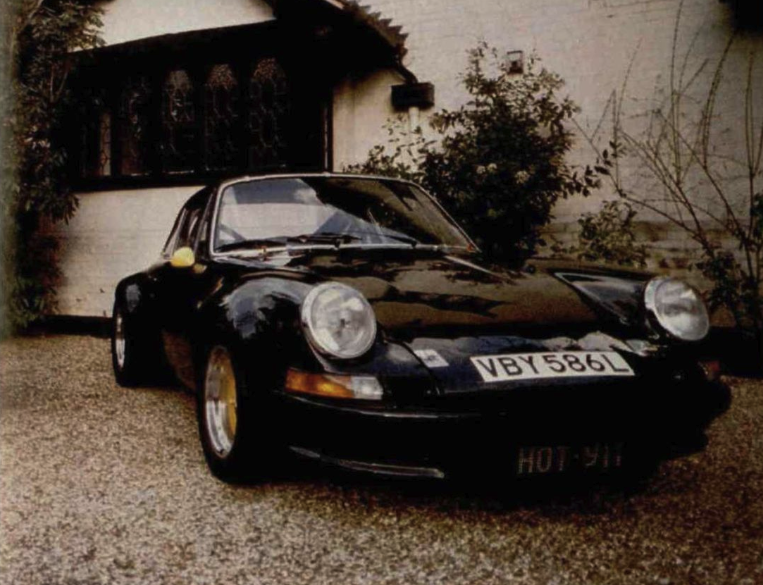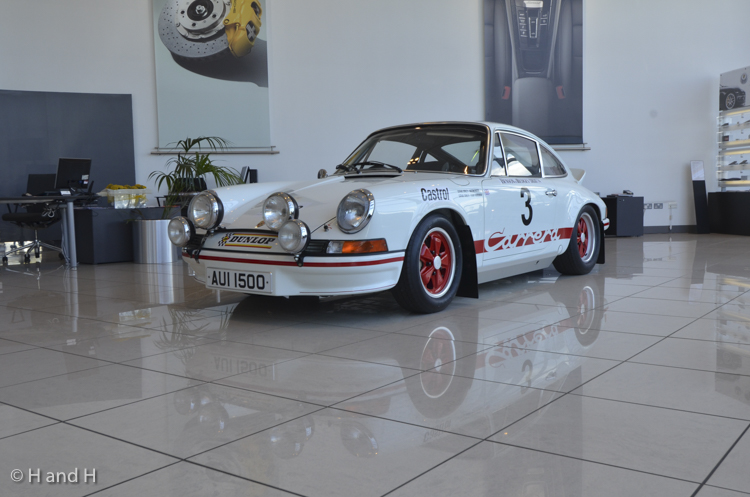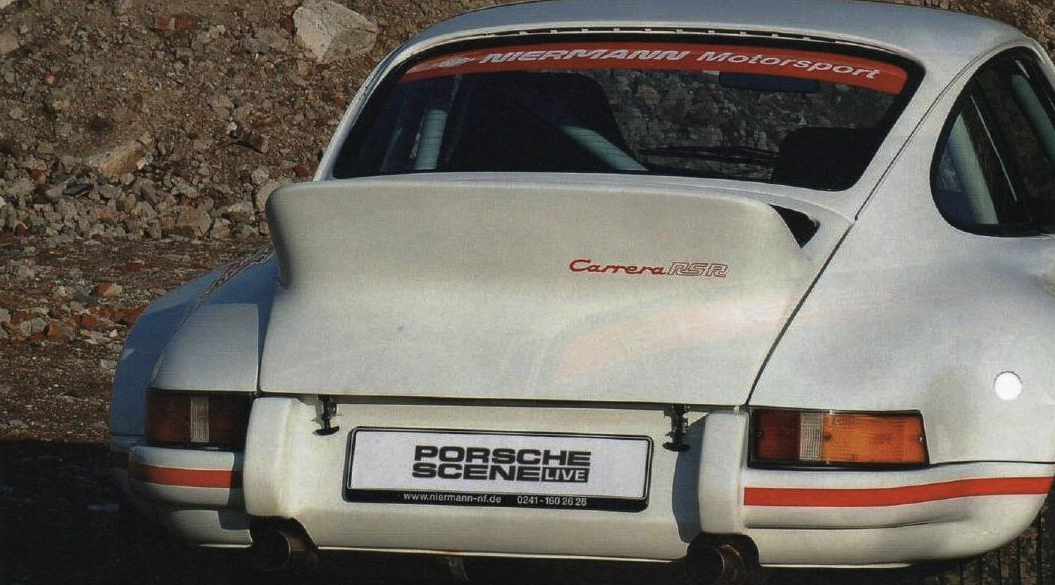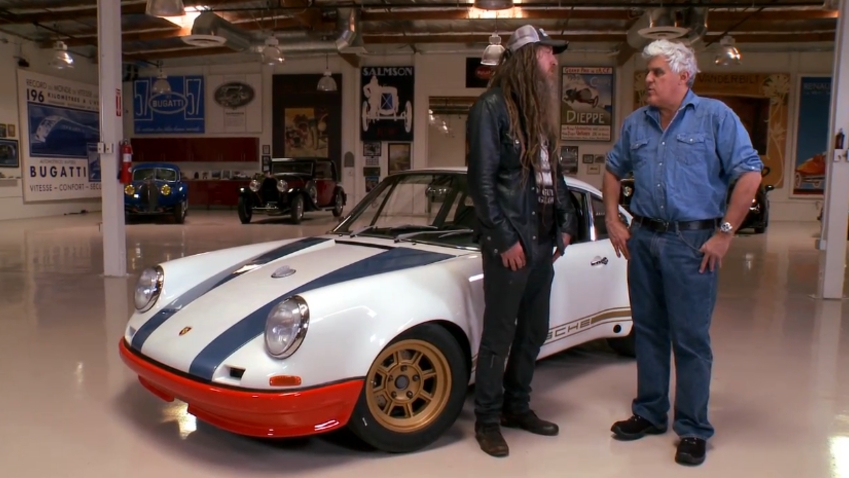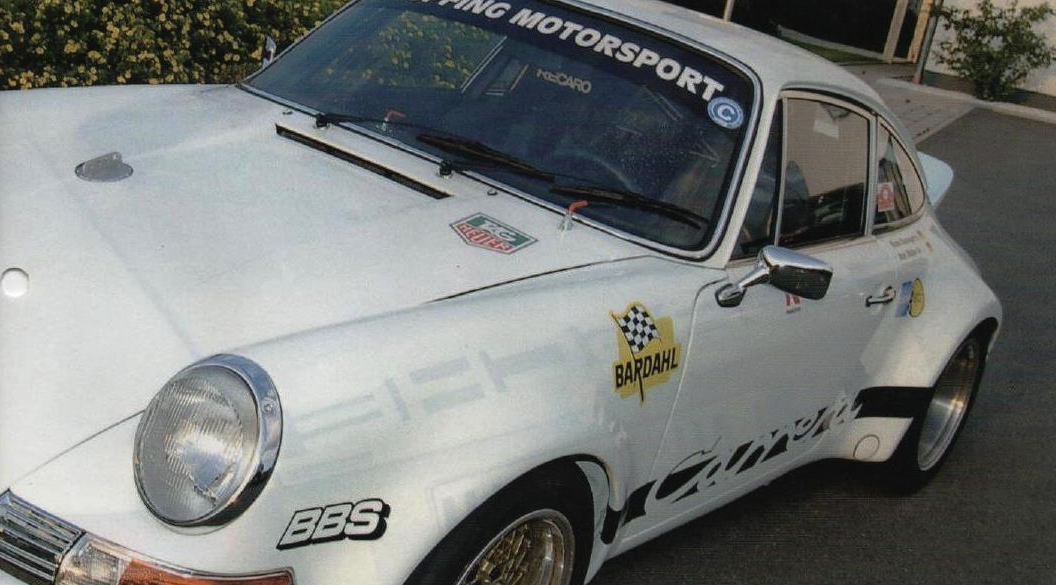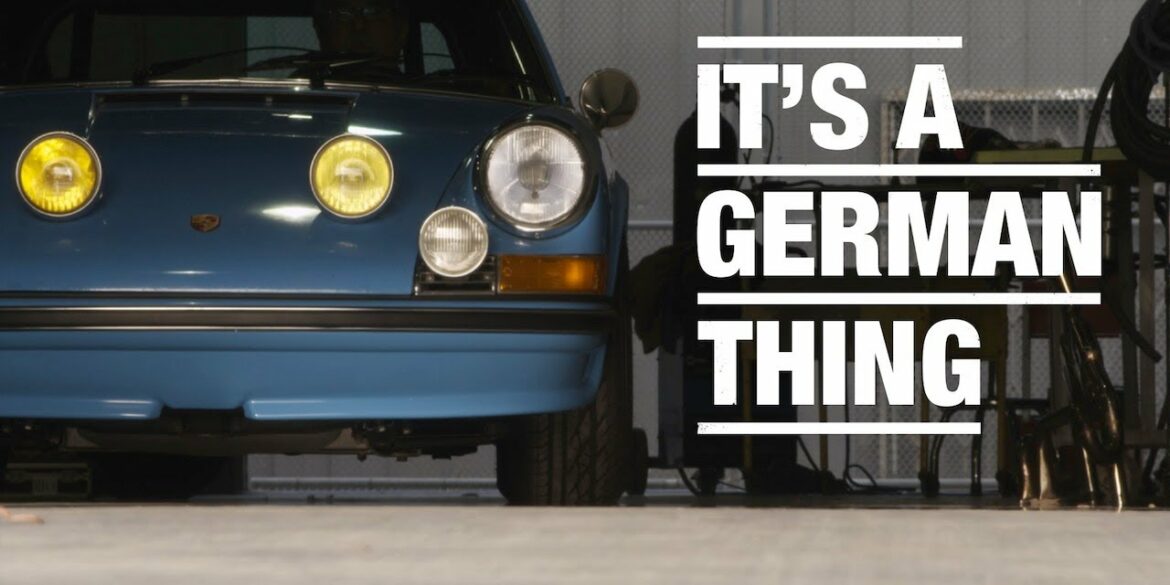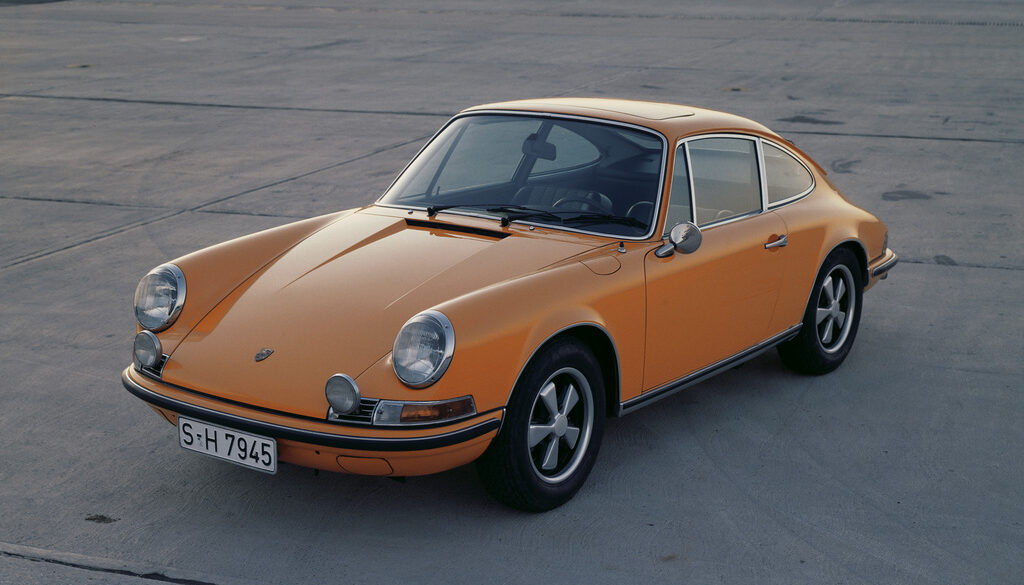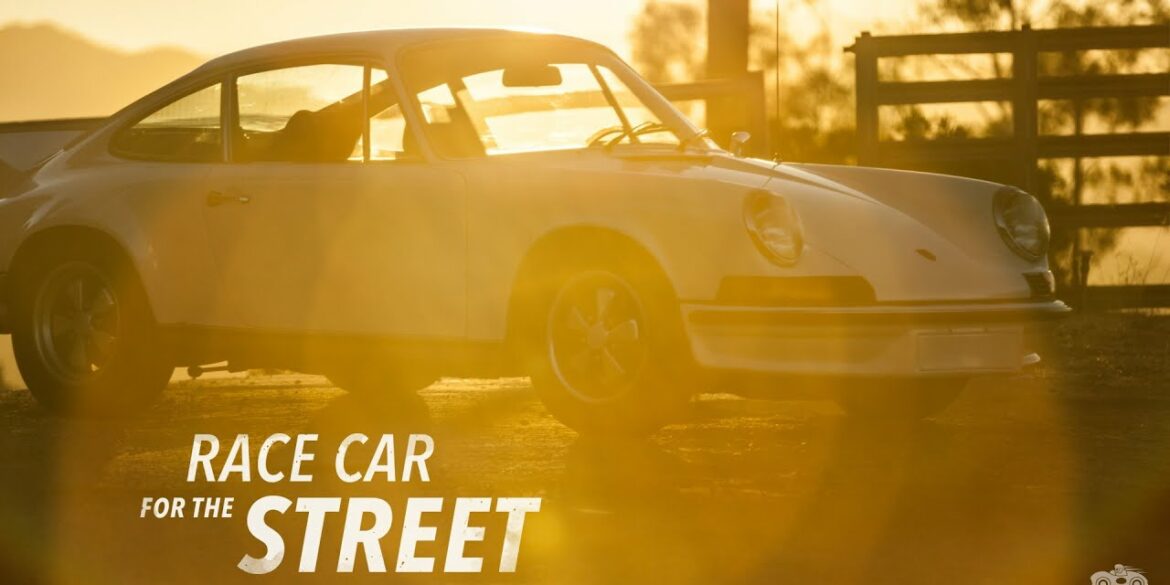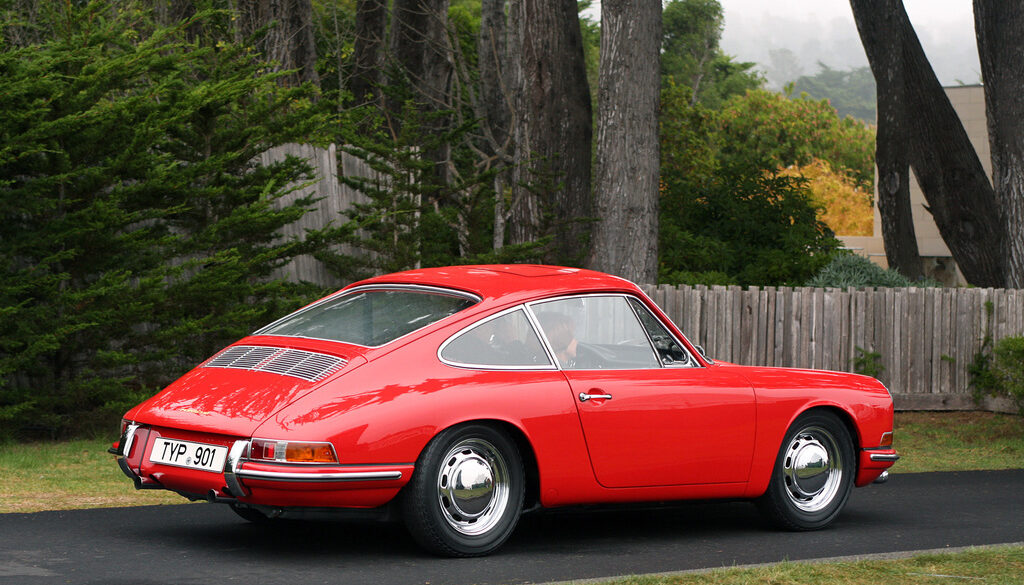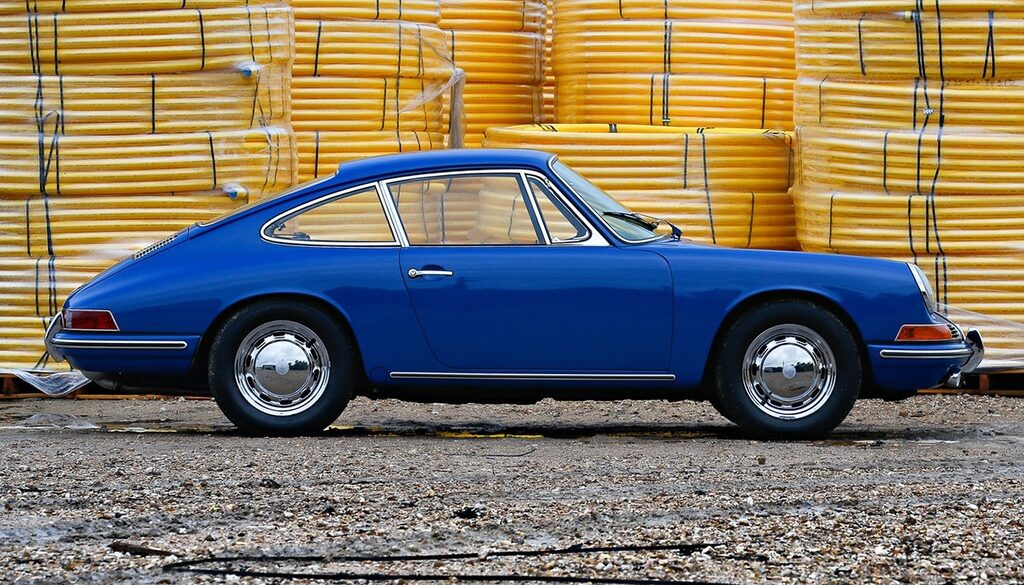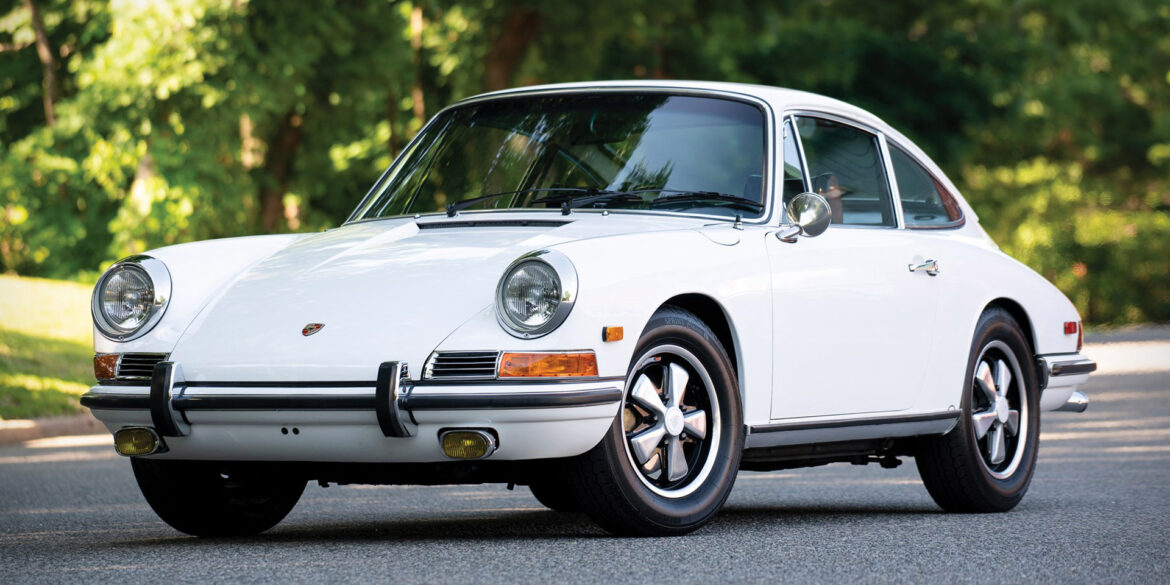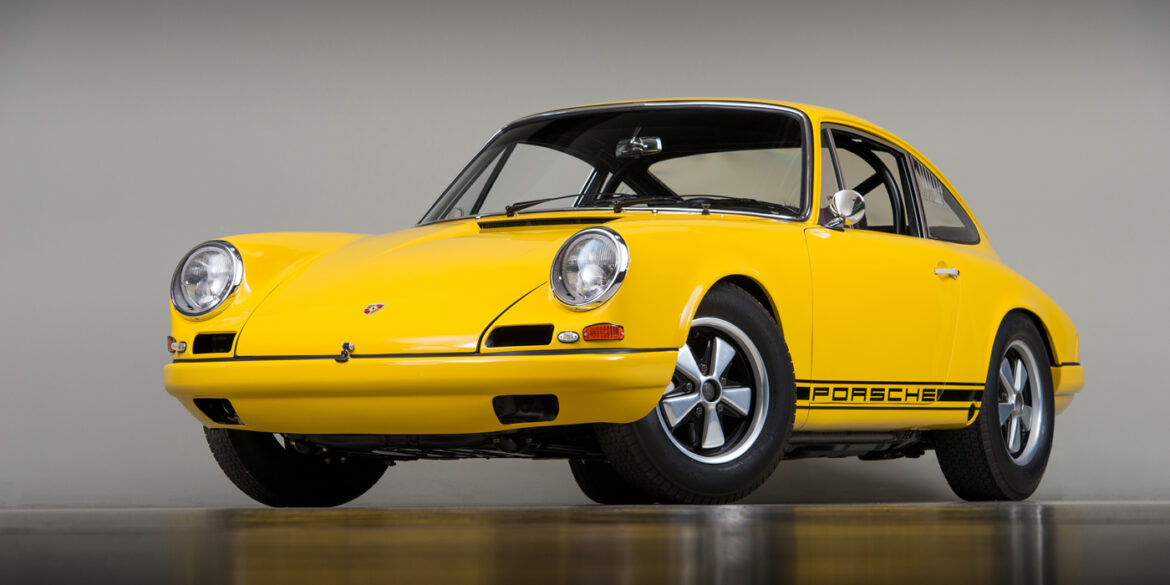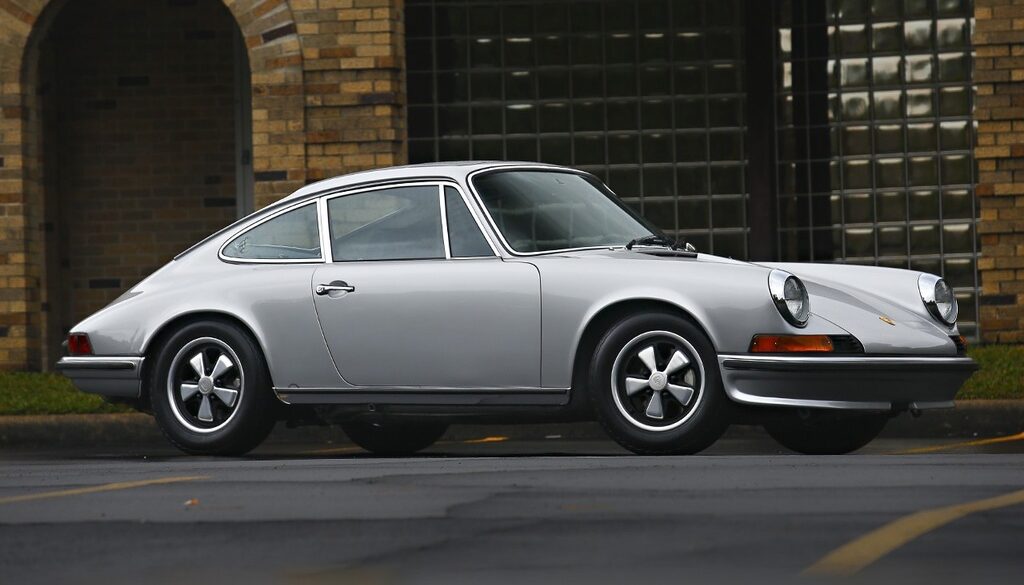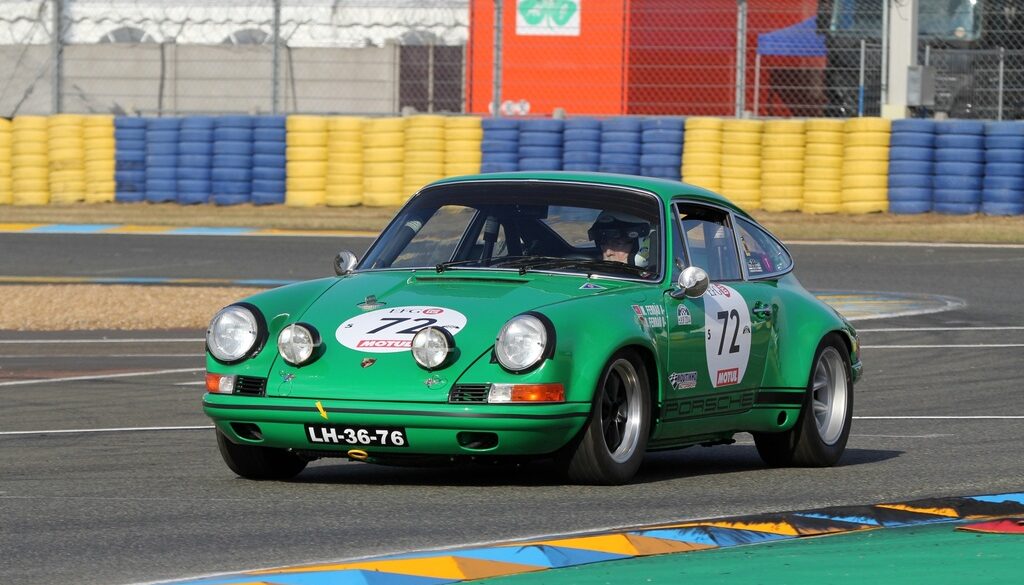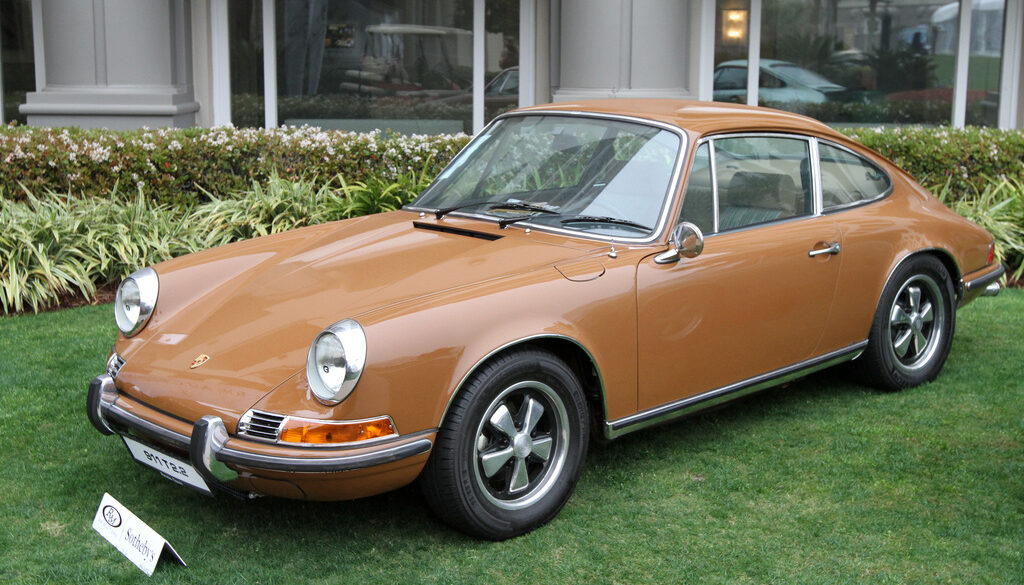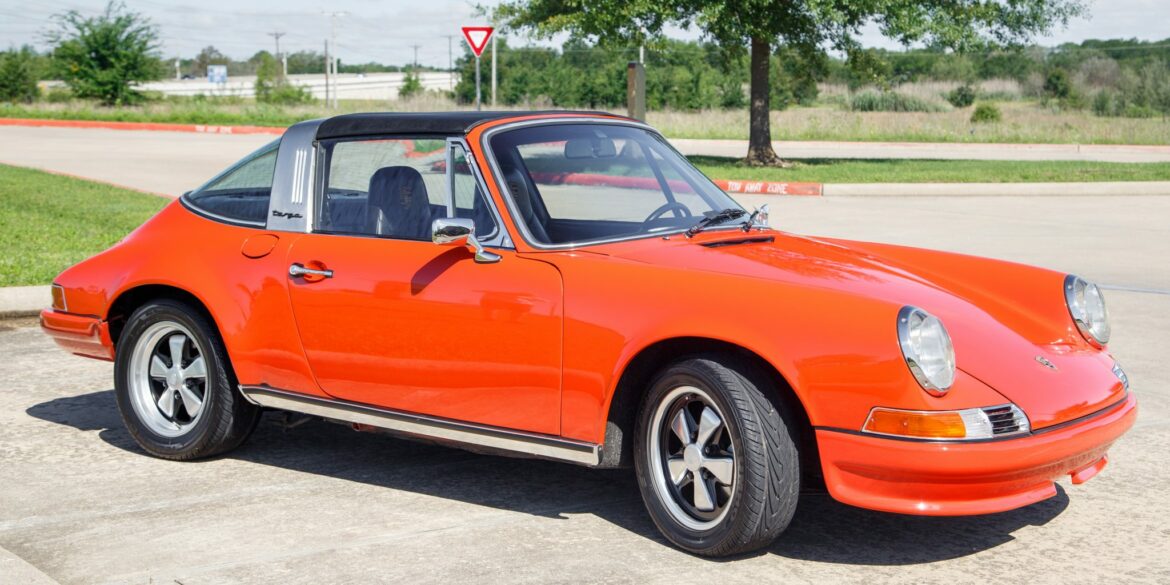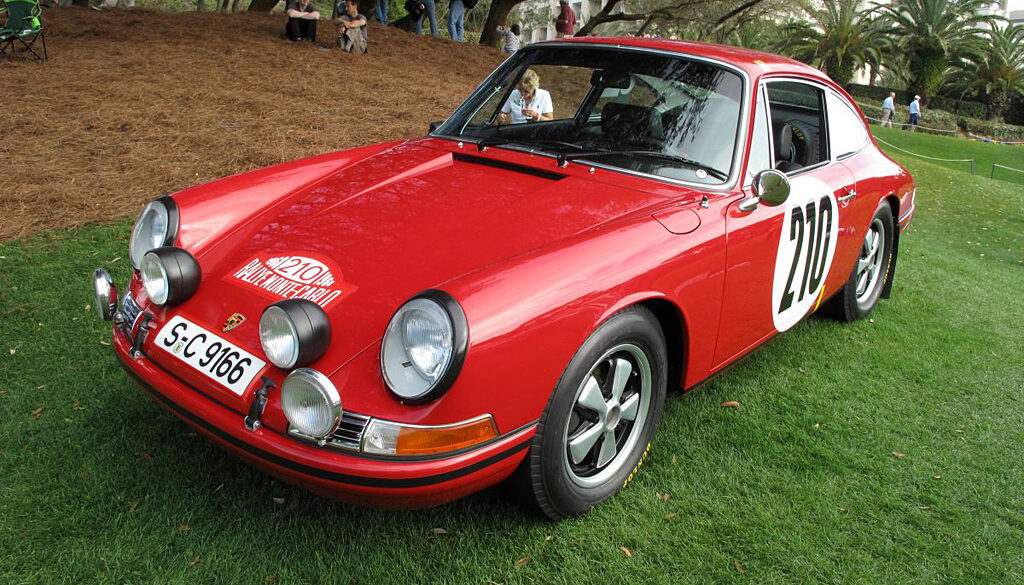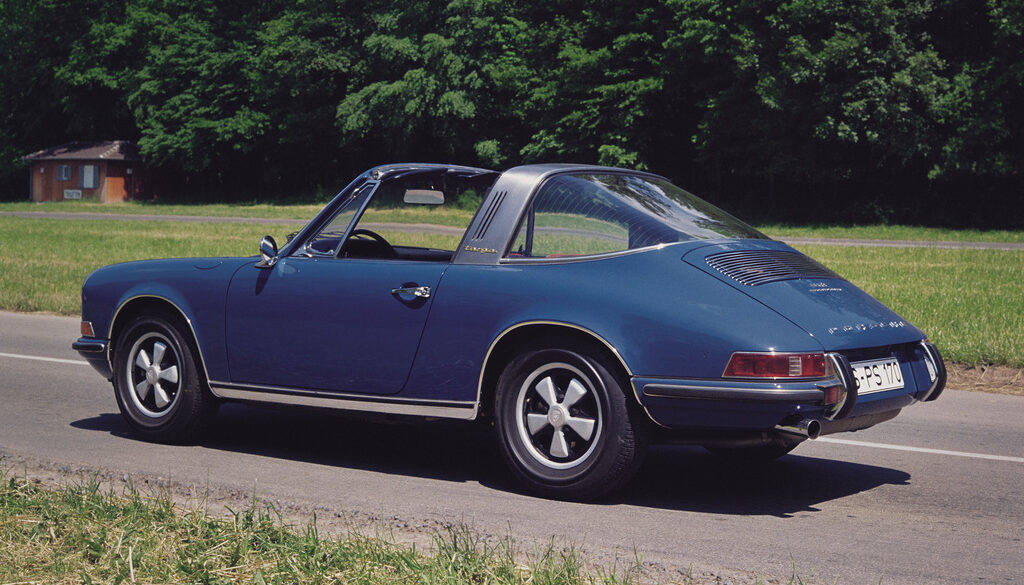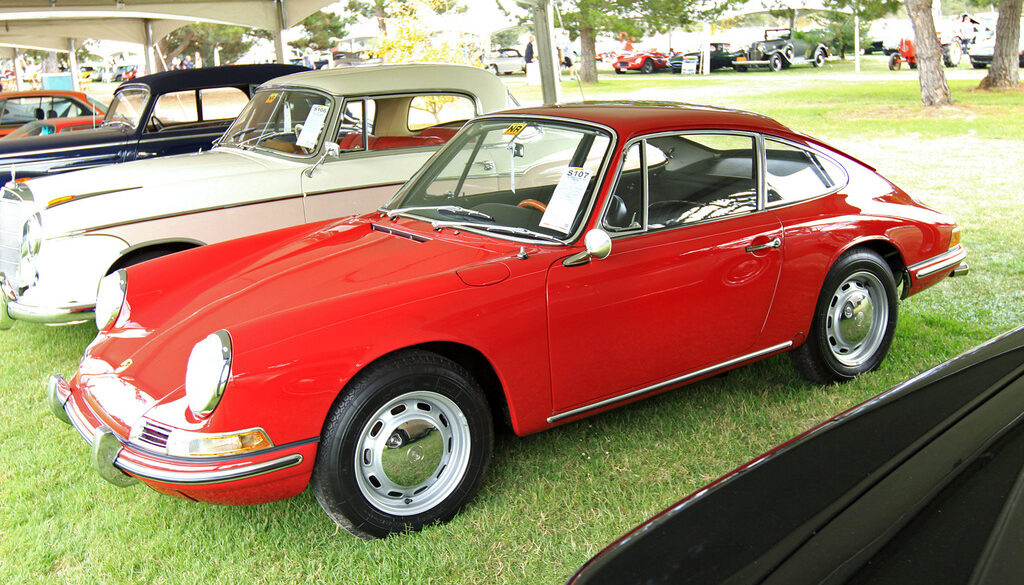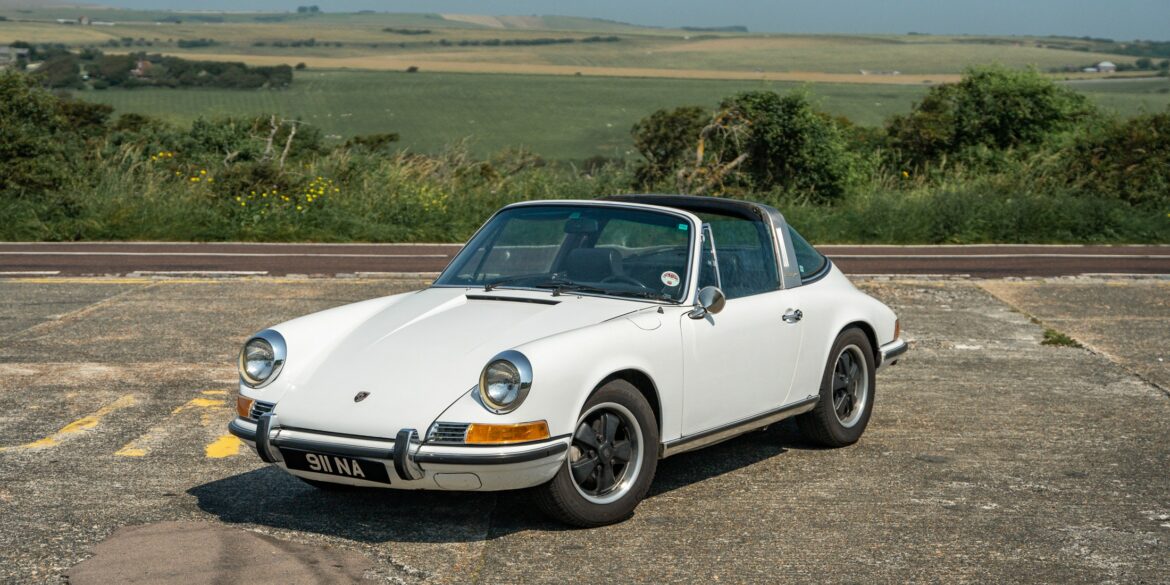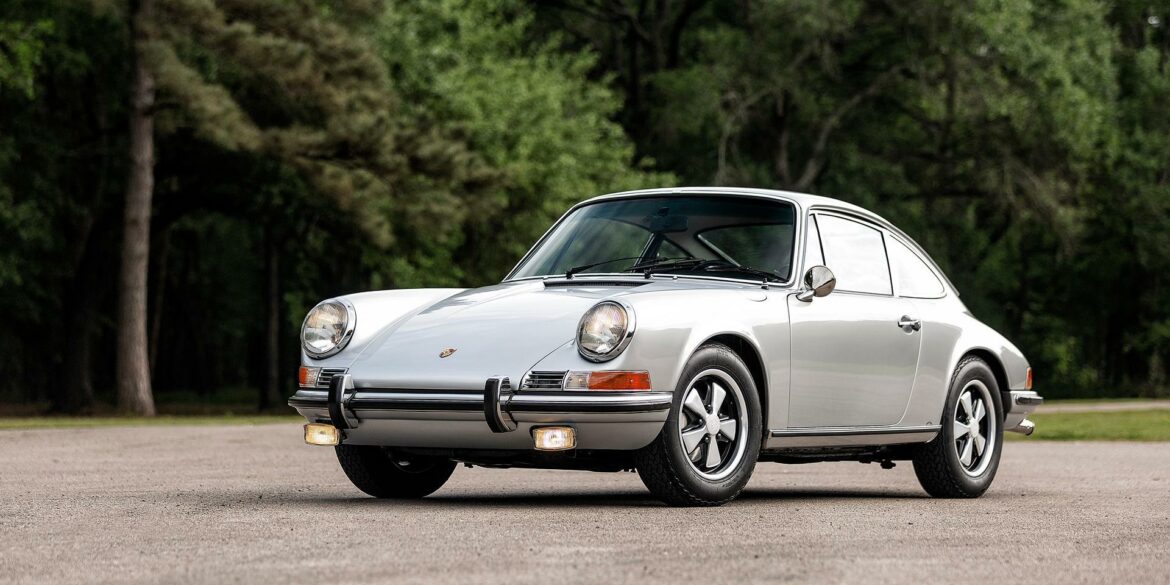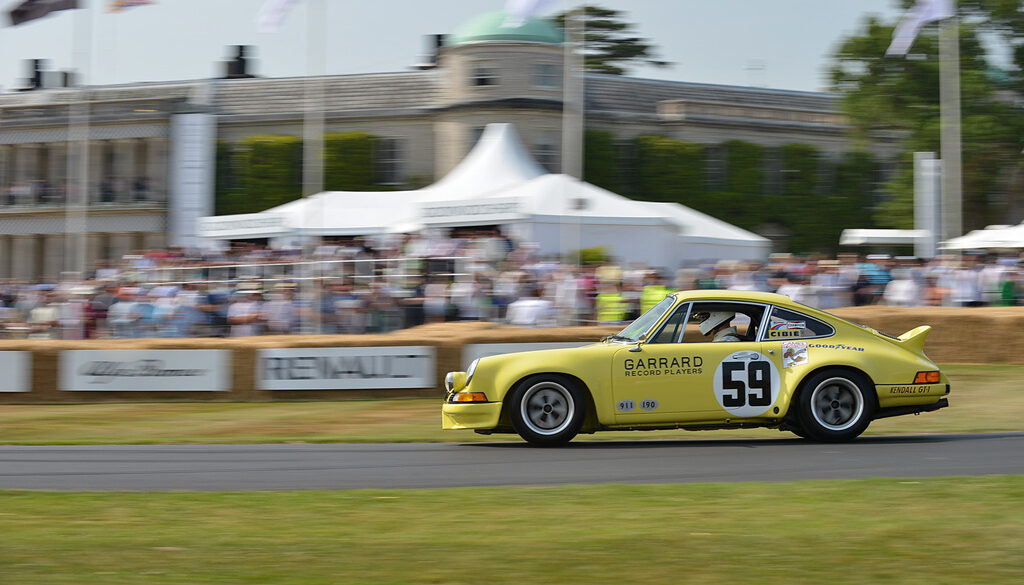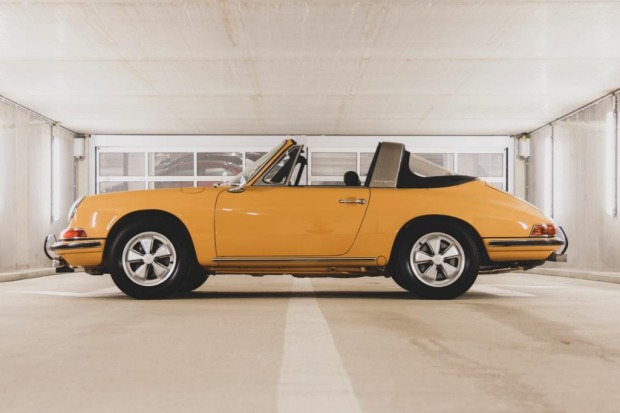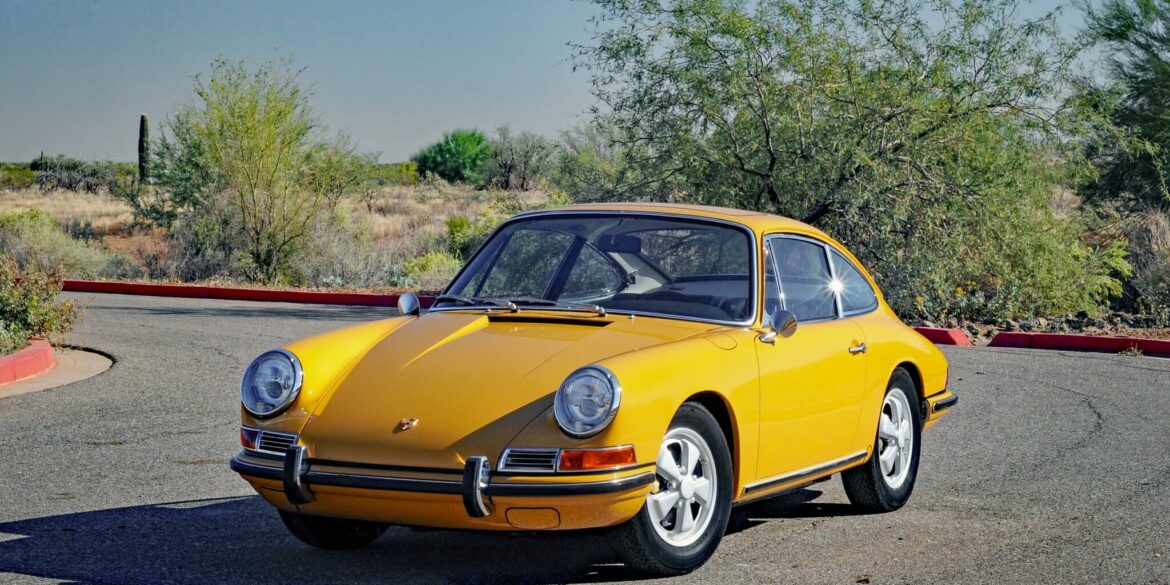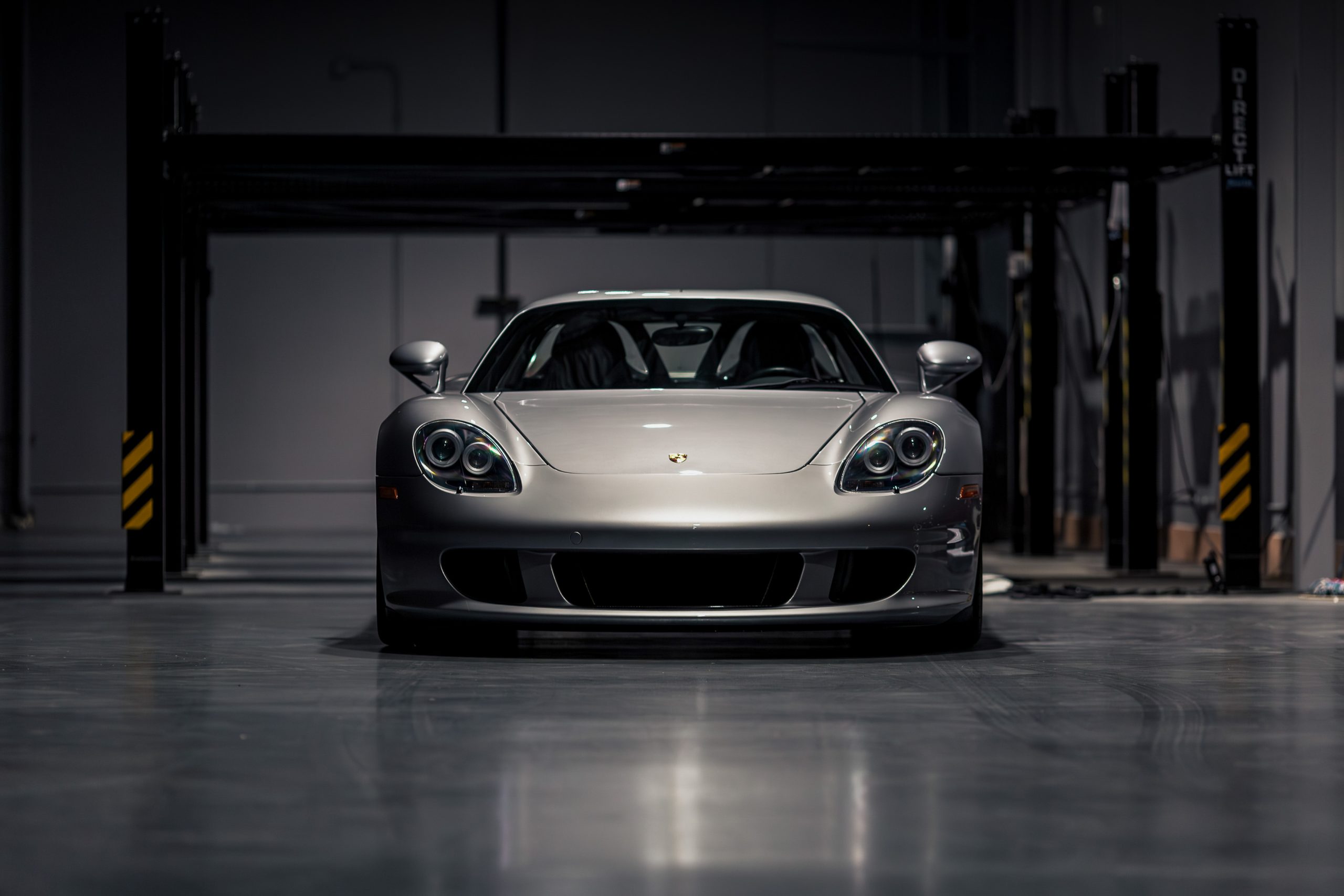1969 Porsche 911 E Coupe 2.0 (LWB) Pictures & Gallery...
No Subscription? You’re missing out Get immediate ad-free access to all our premium content. Get Started Already a Member? Sign in to your account here....
No Subscription? You’re missing out Get immediate ad-free access to all our premium content. Get Started Already a Member? Sign in to your account here....
No Subscription? You’re missing out Get immediate ad-free access to all our premium content. Get Started Already a Member? Sign in to your account here....
No Subscription? You’re missing out Get immediate ad-free access to all our premium content. Get Started Already a Member? Sign in to your account here....
1968 Porsche 911 L Targa 2.0 (SWB) Technical Specifications Type Series Production Car Model Years 1968 Built At Germany Body Stylist Ferdinand Engine Flat-6 Position Rear, Longitudinal Aspiration Natural Valvetrain SOHC 2-Valves per Cyl Fuel Feed Solex 40PI Carburetors Displacement 1991 cc / 121.50 in³ Bore 80.01 mm / 3.15...
1968 Porsche 911 L Targa 2.0 (SWB) Pictures & Gallery ...
1968 Porsche 911 L Coupe 2.0 (SWB) Technical Specifications Type Series Production Car Model Years 1968 Built At Germany Body Stylist Ferdinand Engine Flat-6 Position Rear, Longitudinal Aspiration Natural Valvetrain SOHC 2-Valves per Cyl Fuel Feed Solex 40PI Carburetors Displacement 1991 cc / 121.50 in³ Bore 80.01 mm / 3.15...
1967 – 1968 Porsche 911 Targa Pictures & Gallery...
No Subscription? You’re missing out Get immediate ad-free access to all our premium content. Get Started Already a Member? Sign in to your account here....
No Subscription? You’re missing out Get immediate ad-free access to all our premium content. Get Started Already a Member? Sign in to your account here....
No Subscription? You’re missing out Get immediate ad-free access to all our premium content. Get Started Already a Member? Sign in to your account here....
1965 – 1969 Porsche 912 Technical Specifications Base Price in U.S. Dollars 1965: (European Delivery Only) 1966: $4,700.00 1967: $4,790.00 Coupe / $5,140.00 Targa 1968: $4,950.00 Coupe / $5,350.00 Targa 1969: $5,235.00 Coupe / $5,615.00 Targa Performance Power / Weight Ratio (w/ Driver) 22.2 lbs. / HP SAE Speed 0-60...
1973 Porsche 911 Carrera RS 2.7 Touring Technical Specifications Built At Stuttgart, Germany Price $ $25,000 Engine 911/83 Flat-6 Position Rear, Longitudinal Aspiration Natural Block Material Aluminum Alloy Valvetrain SOHC Fuel Feed Bosch Mechanical Fuel Injection. Displacement 2687 cc / 164.0 in³ Bore 90 mm / 3.54 in Stroke 70.4...
No Subscription? You’re missing out Get immediate ad-free access to all our premium content. Get Started Already a Member? Sign in to your account here....
No Subscription? You’re missing out Get immediate ad-free access to all our premium content. Get Started Already a Member? Sign in to your account here....
Porsche 911 (F-Series) Transmission Codes The transmission number code is found on the transmission data plate. Transmission Codes 911 2.0 and 912 Model MY1965 MY1966 MY1967 MY1968 MY1969 912 4-speed 902.0 4-speed 902.0 4-speed 902.01, 5-speed 902.02 4-speed 902.04, 5-speed 902.05, 902.06 911 T 4-speed 901.10, 4-speed Sportomatic 905.01 4-speed...
Porsche 911 (1963 – 1973) Story & History F-Body – The 1st Generation Porsche 911 Premiere: 1963 September 12 at the IAA Frankfurt motor show As the Porsche 356 had been for sale for quite some time and considering it takes years for a completely new car to evolve from...
Porsche 911 (Early Years & G-Series) Engine Codes By the time the G-Series was release, the standard engine was now 2.7-litres in comparison to 2.4 in the earlier model. 2.7 – 3.0-litre engines had been used earlier, but were reserved for motorsport models. The 154 kW Bosch/Kugelfischer-injected Carrera-engine used in...
1965 – 1989 Porsche VIN Numbers Porsche used a variety of chassis and VIN numbering systems until 1981, when a major change was made to a 17 digit international code which remained current until the end of 911 production. All numbers for cars made between 1965 – 1990 are listed...
Interview the owner of a 1971 Porsche 911 In this video we Interview the owner of a 1971 Porsche 911 owner. He talks about how he became interested in Porsches and about the car itself....
The Air Cooled Classic 2.0L Flat Six You Need To Hear This 1969 911E is a great example of why the 911 made such an impact on the sports car market in the early days even with a small displacement air cooled flat six. In ’69 the E and S...
No Subscription? You’re missing out Get immediate ad-free access to all our premium content. Get Started Already a Member? Sign in to your account here....
The 911 Porsche feared no-one would buy! In this episode we bring you a rather special car, one of the original 500 Porsche 911 Carrera 2.7 RS! Iain looks back at the history of the 911 and how the Carrera RS came to be, an unexpected path that surprised even...
No Subscription? You’re missing out Get immediate ad-free access to all our premium content. Get Started Already a Member? Sign in to your account here....
On Board Dickie Meaden takes you behind the wheel of a Porsche 911 2.7 RS Touring in part one of the new ‘How to Drive’ series from Motor Sport. Learn the tricks that bring the most out of one of Porsche’s most stunning cars....
Porsche 911 Sales Brochures (1st Generation) Step back in time and experience the origins of Porsche’s most iconic model. We’ve compiled every sales brochure for the first-generation Porsche 911 (1964–1973), and they’re available for free download. These brochures offer a fascinating glimpse into the early days of the 911, showcasing...
Porsche 911 & 912 Spare Parts Catalogs (1965 – 1973 Model Year) These official Porsche PET Diagrams and codes for the Porsche 911 (1965 – 1973) models. Free for you to download and view. Whether you are working on your own Porsche 911 and need the total parts guide or...
Porsche Exchange & Replacement Parts (1963 – 2012 Model Year) These official Porsche PET Diagrams and codes for the current Porsche 1963 to 2012 models. Free for you to download and view. Whether you are working on your own classic Porsche and need accessories, or are trying to hunt down...
Porsche Classic Accessories Catalogs (1950 – 1998 Model Year) These official Porsche PET Diagrams and codes for the current Porsche 1950 to 1998 models. Free for you to download and view. Whether you are working on your own classic Porsche and need accessories, or are trying to hunt down a...
Porsche Option Codes – Porsche 911 (1973 Model Year) Looking to decode your 1973 Porsche 911 option codes? Want to know what those codes are in your 1973 Porsche 911 service manual? Then this is the post for you. We painstakingly researched all the Porsche option and equipment codes for...
Porsche Option Codes – Porsche 911 (1972 Model Year) Looking to decode your 1972 Porsche 911 option codes? Want to know what those codes are in your 1972 Porsche 911 service manual? Then this is the post for you. We painstakingly researched all the Porsche option and equipment codes for...
Porsche Option Codes – Porsche 911 (1971 Model Year) Looking to decode your 1971 Porsche 911 option codes? Want to know what those codes are in your 1971 Porsche 911 service manual? Then this is the post for you. We painstakingly researched all the Porsche option and equipment codes for...
Porsche Option Codes – Porsche 911 (1970 Model Year) Looking to decode your 1970 Porsche 911 option codes? Want to know what those codes are in your 1970 Porsche 911 service manual? Then this is the post for you. We painstakingly researched all the Porsche option and equipment codes for...
Porsche Option Codes – Pre 1970 (356, 550, 904, 911, 912) Looking to decode your pre-1970 Porsche option codes? Want to know what those codes are in your pre-1970 Porsche service manual? Then this is the post for you. We painstakingly researched all the Porsche option and equipment codes for...
British GP meeting which Nick Faure led outright, starting from the second row, against the Falcons and BGG Escorts. But the fan belt came off due to a rag left in the engine by my mechanic! Nick Faure was one of the first to race a 911 in Britain: he...
1966 Porsche 911 2.0-litre – GVB 911D – parked on track at Lodge Corner after practice for the Oulton Park Gold Cup on 24 August 2013 Originally a showroom demonstrator, this 911 set the market buzzing, winning the UK’s inaugural rallycross and the British Saloon Car Championship in 1967 in...
On The Road In an automotive world in which long legacies of high-performance are continually trotted out and watered down for commercial appeal over time, it can be hard to find examples of restraint. That word might not be the most apt descriptor of Porsche 911 models that wear the...
Clean & Fast 911 ST Clone Karsten has build his Porsche the way he wanted it. Clean an fast, like the original 911 ST....
On The Road You’ve followed this Porsche 911 T in the Restoration Blogs, now see and hear this modified boxer sing!...
How the RS differs from lesser 911s The 1973 Porsche Carrera RS is instantly recognizable thanks to its distinctive “Carrera” scripts and ducktail. It’s also one of the most valuable 911 road cars that exists, even if it looks more than a bit like every other 911 of the era....
A Porsche 911 S/T Restomod James talks about how his German-market Porsche 911 came to be a 911 ST recreation. It is a beautiful car from the inside-out. After cruising on twisty back roads, you truly notice how dialed in this vehicle is. This vehicle is available for purchase through...
A Porsche 911 S/T Restomod Darryl Sleath investigates the Rennsport Porsche 911 ST – a 320 bhp Porsche 911 that’s been completely rebuilt by Paul Cockrell and the team at Rennsport as a modern version of the iconic race cars from the 1970s....
Driving A Legend Patrick Dempsey and Jay Leno take a joy ride in a 1973 Porsche Carrera RS 2.7. With only 1500 of these produced in 1973, this car is a rare gem!...
No Subscription? You’re missing out Get immediate ad-free access to all our premium content. Get Started Already a Member? Sign in to your account here....
Designing and developing a new model to replace an already popular and successful one, is for any manufacturer, a difficult and stressful procedure, especially when the model being replaced is the much-loved Porsche 356. But with the benefit of hindsight, the 911 would shape the company’s future, as the new...
Porsche 911 Carrera RS 2.7 1973 Porsche 911 Carrera RS 2.7 Engine: 2,687 cc, air-cooled horizontally flat six Production dates: November 1972 – July 1973 Transmission: Five-speed manual Power: 210.0 bhp @ 6,300 rpm Torque: 188.0 ft lbs @ 5,100 rpm Weight: 975 kg (2149 lbs) 0-60 mph: 5.6 sec (est)...
Is This the Holy Grail of Porsches? If you didn’t know about Workshop 5001, then get ready to meet the company that builds the cars you dream of. The Porsche 911 you see here weighs just 2,200 pounds, features a 318 hp and 270 lb-ft of torque flat-six engine, and...
One Man’s Perfect 911 Short movie about my Porsche 1969 912 that was turned into my dream hot rod 911 ST with an RSR engine over the period of 4.5 years....
Here Are the Videos to Watch this Week Every week, we watch several supercar-related videos and on Fridays, we decided it would be best to round up our favorite supercar videos into one article so you can watch them too. This will keep you from having to spend time hunting...
The Porsche 911 Carrera RS 2.7 was introduced to the public at the Paris Motor Show in October 1972. With the decade of the 1970s came a fresh, loud and colourful outlook on life and even sports cars were subjected to a bold makeover. Gone were the plain white, cream,...
Perfectly Describing the Magic of the 911 2.7 RS Respected architect Jonathan Segal poetically describes what the 1973 Porsche 911 2.7L RS meant both to Porsche and its drivers. Jonathan’s career as an architect has developed his pursuit for purity in the structures he creates. One look around Jonathan’s studio and...
A Beautiful Outlaw 71 Porsche 911T Hotrod in Leaf Green – 3.4L from Mirage International – 270hp – fully rebuilt 901 with LSD – 2000lbs. Build quality looks nice and tight and perfect street car volume....
No Subscription? You’re missing out Get immediate ad-free access to all our premium content. Get Started Already a Member? Sign in to your account here....
Of all the 1580 Carrera RS 2.7s, only 200 were made were ordered with this lightweight ‘Sports’ trim which made the car more responsive and purposeful. In many ways these few cars were the ultimate road-going Porsche of the 1970s. Known as the Sports, Lightweight or even the M471 option code, these cars had improved the power-to-weight ratio. Reports of 75kg were stripped from the standard model by fitting lightweight body panels and lightweight glass.
Revealed at the 1972 Paris Auto Show, the Carrera 2.7 RS was a special model used to homologate the 911 in Group 4 racing. Developed from the 911S, the 2.7 was more potent in almost every area. Compared to the standard Carrera, the 2.7 RS featured a larger engine, wider flares to accommodate the Fuchs alloy wheels, stiffened suspension, larger brakes and a ducktail rear spoiler. The Touring outsold the Lightweight, with a total of 1380 units built (the Lightweight had only 200 units).
1972 Porsche 911 2.4 S, Inchydoney Hotel, West Cork, Ireland – we were peppered with heavy rain showers on the day of the photo shoot. You could almost draw a line from the clouds above past the back of the car, and see that we were getting drenched, but just...
The Story Behind the 2.7 RS The 2.7 RS was the first 911 to carry the Carrera badge, this is its history....
Porsche 911R book plus slip case (English) by Christoph Mäder, Thomas Gruber and Georg Konradsheim A large package landed on my desk just before Christmas, and being weightier than normal my interest was aroused, so I immediately tackled the packaging to reveal the contents. It was the latest offering from...
1965 Porsche 901 chassis #57 After three years of restoration, the Porsche Museum will finally present one of the newest additions to its collection – and the oldest 911 that it holds – at the special exhibition “911 (901 No. 57) – A legend takes off” from 14 December 2017...
“…The color is crazy, like a Beetle or a Bus. It makes people smile. Always.” Porsche owner Antoine Gaslais and his 1967 912—the four-cylinder 911—are the perfect pairing for a relaxing drive. Gaslais is a screen printer by trade, with experience in advertising, illustration, graphic design, and publishing. At this...
1969 Porsche 911 T Owner Story The 911 T was the most stripped-down model in the range, and arguably the most pleasurable experience because of it. No excessive luxuries or functionality to take away from a pure driving experience....
No Subscription? You’re missing out Get immediate ad-free access to all our premium content. Get Started Already a Member? Sign in to your account here....
Porsche 911 Carrera RS Sport Lightweight ‘AUI 1500’ as it is today The Porsche 911 Carrera RS 2.7 broke cover in October 1972, being revealed to the public for the first time at the Paris Motor Show. Porsche’s marketing department considered it a big risk for such a small company...
Custom 1971 Porsche 911T Everybody has their “thing.” For John Willhoit, it’s certainly a German thing. For the past 37 years, he and his custom 1971 Porsche 911T have been Stuttgart’s outpost in Los Angeles County. Whether in his shop restoring classic 356s and 911s or on the road thrashing...
1970 Porsche 911 S 2.2 Coupé Along with all the C-series improvments to the 911 line, the 1970 Porsche 911 S was upgraded to include a 180 bhp version flat-6. This further improved the performance credentials of the model which already had Fuchs light alloy wheels and bigger brakes. Specific...
The Ultimate 911 In the early 1970s, Porsche found itself in need of a street car that would allow the fellows in Stuttgart to meet homologation rules for the Group 4 Special GT series. What resulted was the 1973 2.7 Carrera RS, a brawny brother to the 911. With its...
1963 – 1964 Porsche 901 Pictures & Gallery...
1965 – 1968 Porsche 911 Pictures & Gallery...
1973 Porsche 911 Carrera RS 2.7 Lightweight Pictures & Gallery...
1968 Porsche 911 L Coupe 2.0 (SWB) Pictures & Gallery...
1967 Porsche 911 R Pictures & Gallery...
1972 – 1973 Porsche 911 S 2.4 Coupe (LWB) Pictures & Gallery...
1971 Porsche 911 S/T Pictures & Gallery...
1970 – 1971 Porsche 911 T 2.2 Coupe (LWB) Pictures & Gallery...
1972 – 1973 Porsche 911 T 2.4 Targa (LWB) Pictures & Gallery...
1968 – 1969 Porsche 911 T Coupe 2.0 (SWB & LWB) Pictures & Gallery...
1968 – 1969 Porsche 911 T Targa 2.0 (SWB & LWB) Pictures & Gallery...
1965 – 1969 Porsche 912 Pictures & Gallery...
1970 – 1971 Porsche 911 S 2.2 Targa (LWB) Pictures & Gallery...
1970 – 1971 Porsche 911 S 2.2 Coupe (LWB) Pictures & Gallery...
1973 Porsche 911 Carrera RSR 2.8 Pictures & Gallery...
1967 – 1969 Porsche 911 S Targa 2.0 (SWB & LWB) Pictures & Gallery...
1967 – 1969 Porsche 911 S Coupe 2.0 (SWB & LWB) Pictures & Gallery...


